36 x 36. Acrylic & oil on canvas. 2021.

3 x 3 ft. acrylic on canvas. 2022.
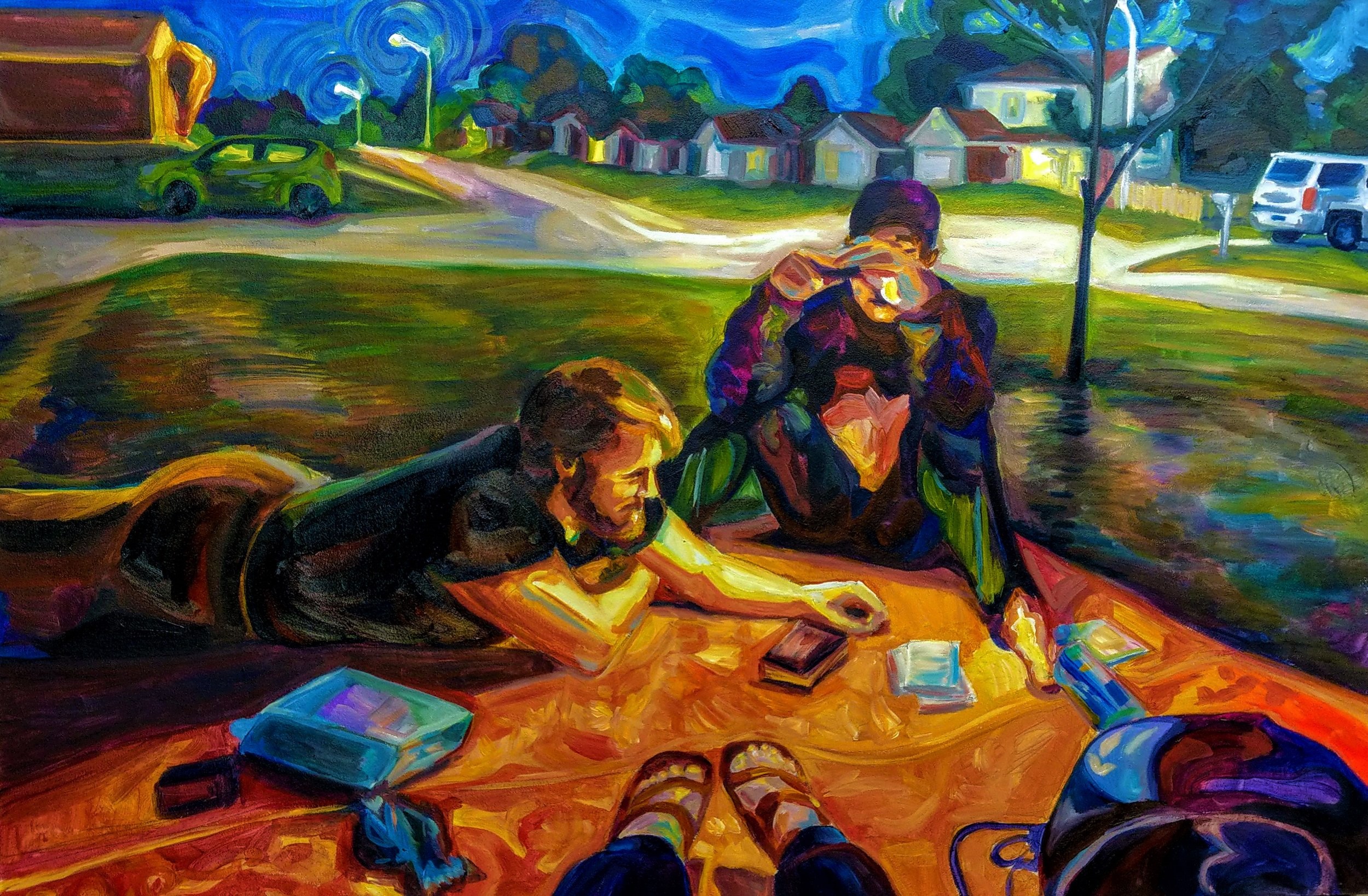
24 x 36. Oil on Masonite. 2018.

3 x 4 ft. Acrylic on masonite. 2020.

2 x 3 ft. Acrylic on canvas. 2021.

20 x 24. Oil on Masonite. 2018.
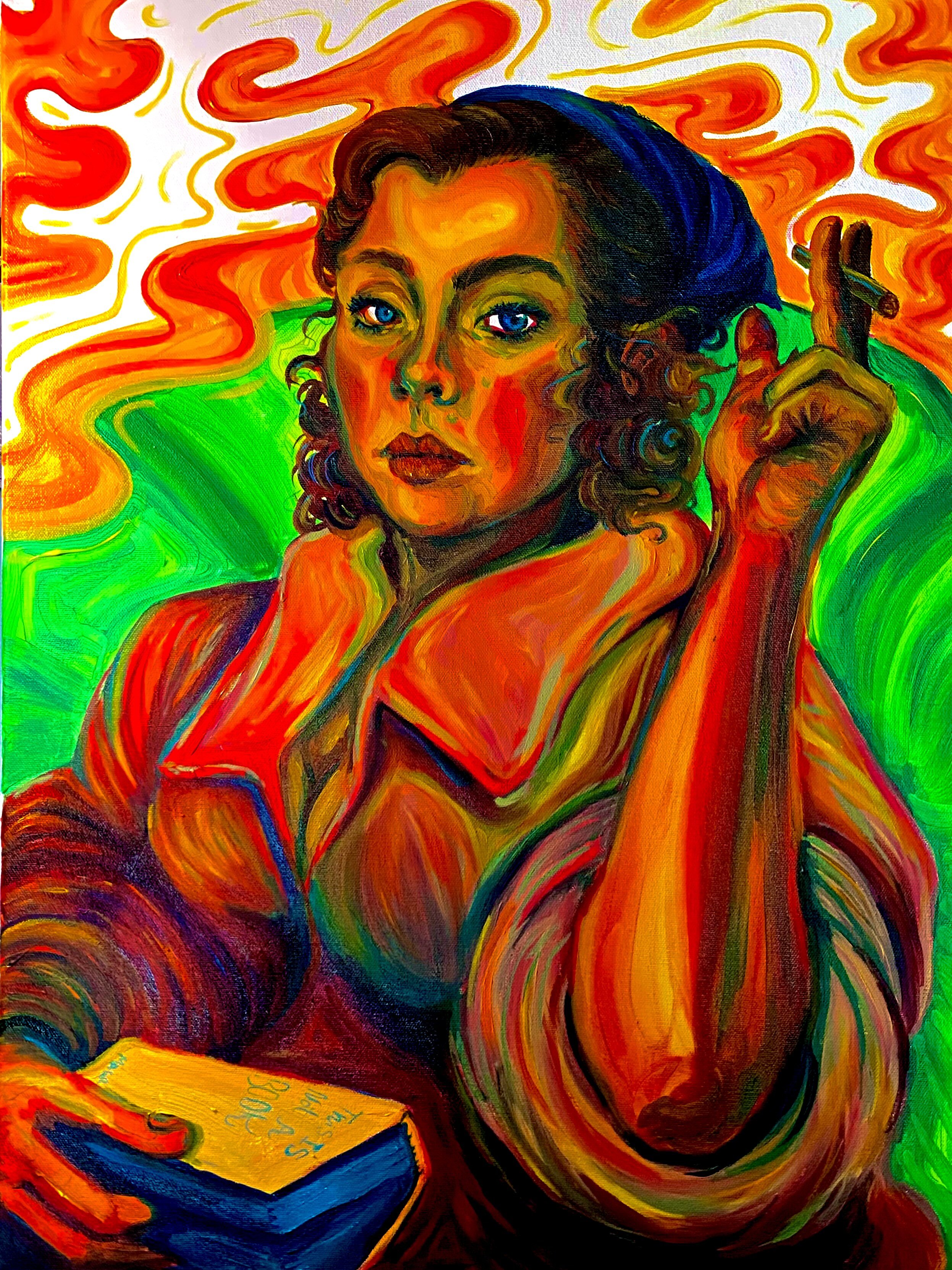
18 x 24. Oil on canvas. 2021.

11 x 17 in. oil on canvas. 2022.

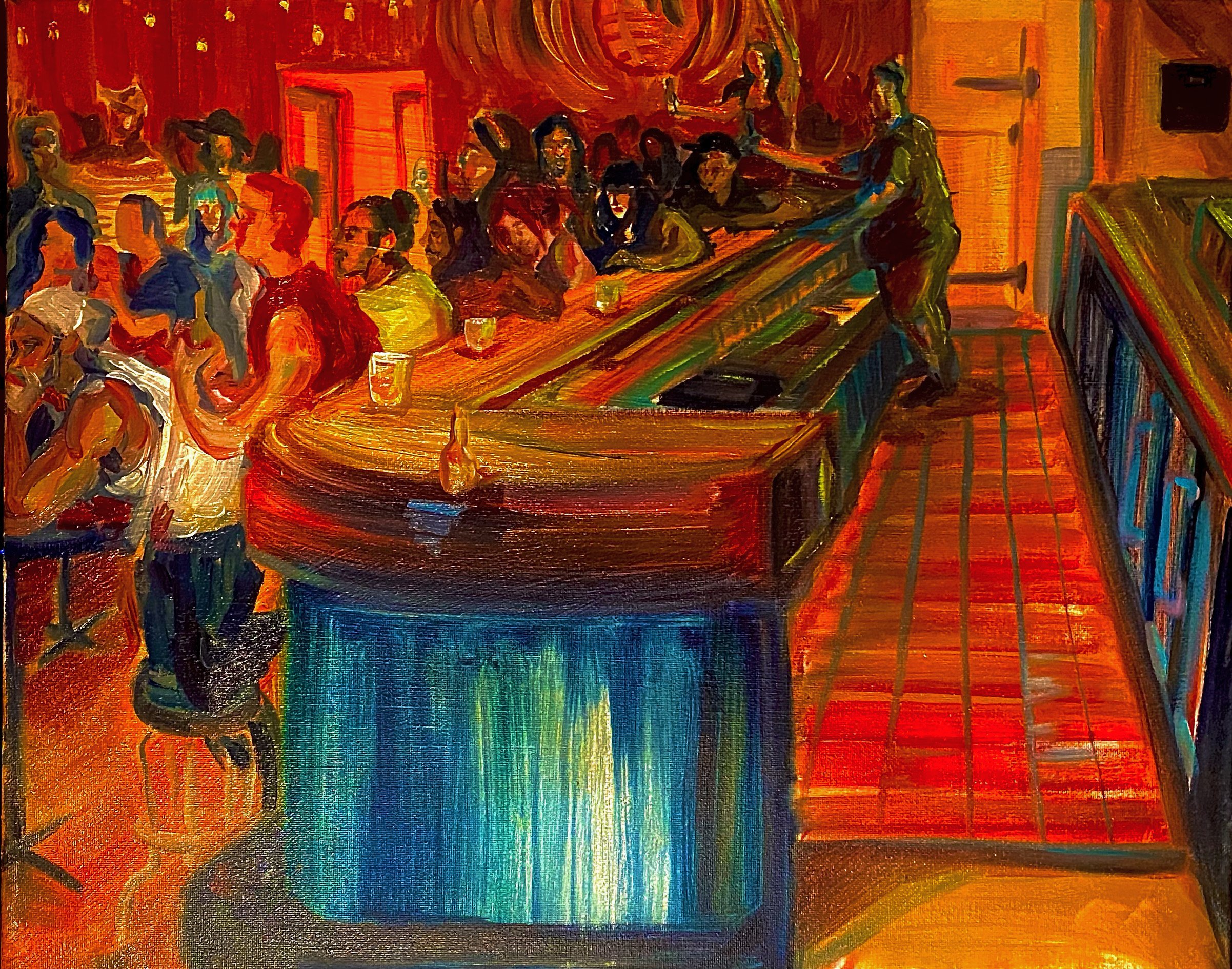
16 x 20 in. oil on canvas. observational. 2022.

24 x 36. Acrylic on Masonite. 2020.
This painting helped raise almost $4K for the Greenwood Cultural center during the 2019 Black Lives Matter march in Tulsa.
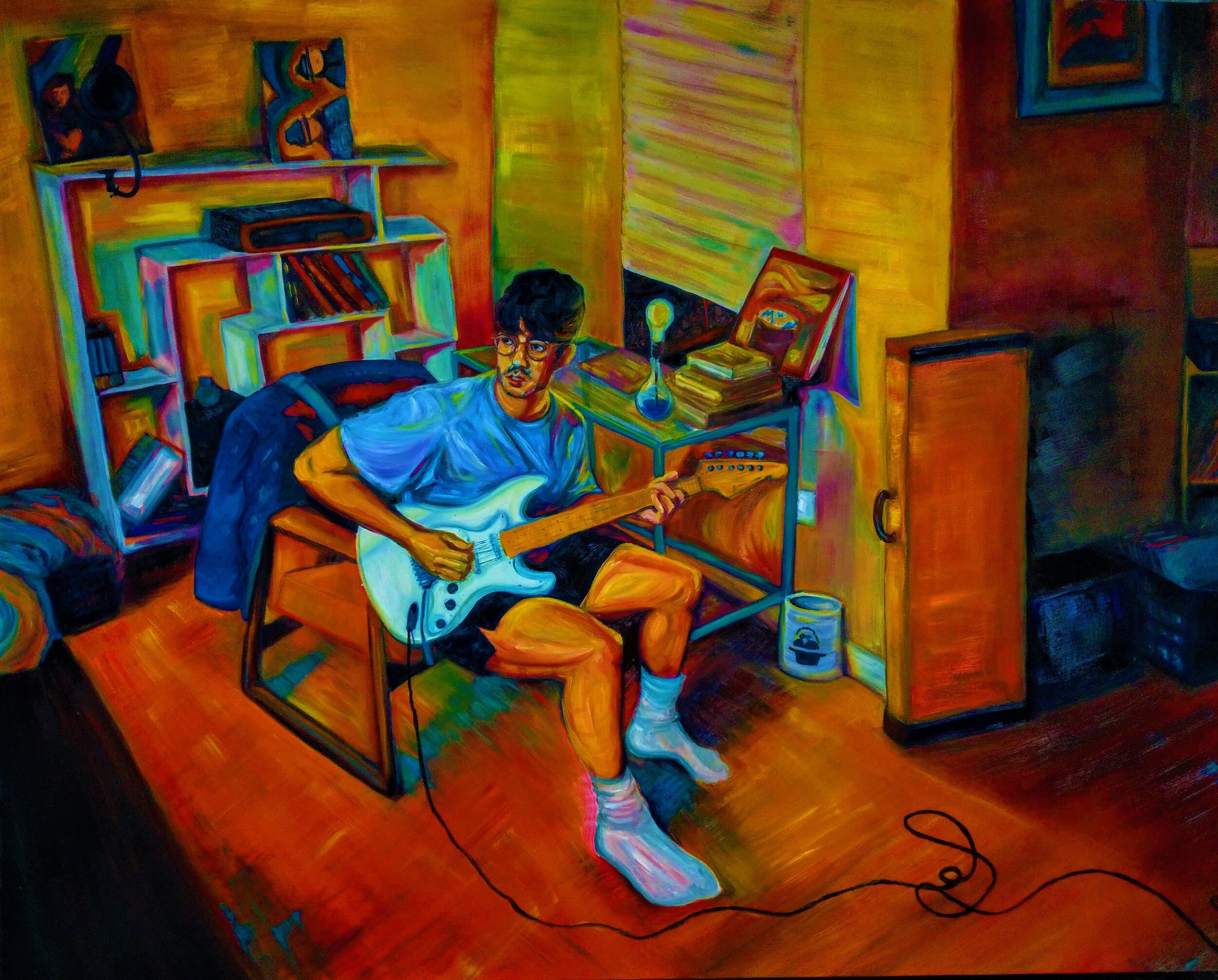
4 x 5 ft. Oil on Masonite Panel. 2020.

11 x 14 in. gouache on canvas. 2022.
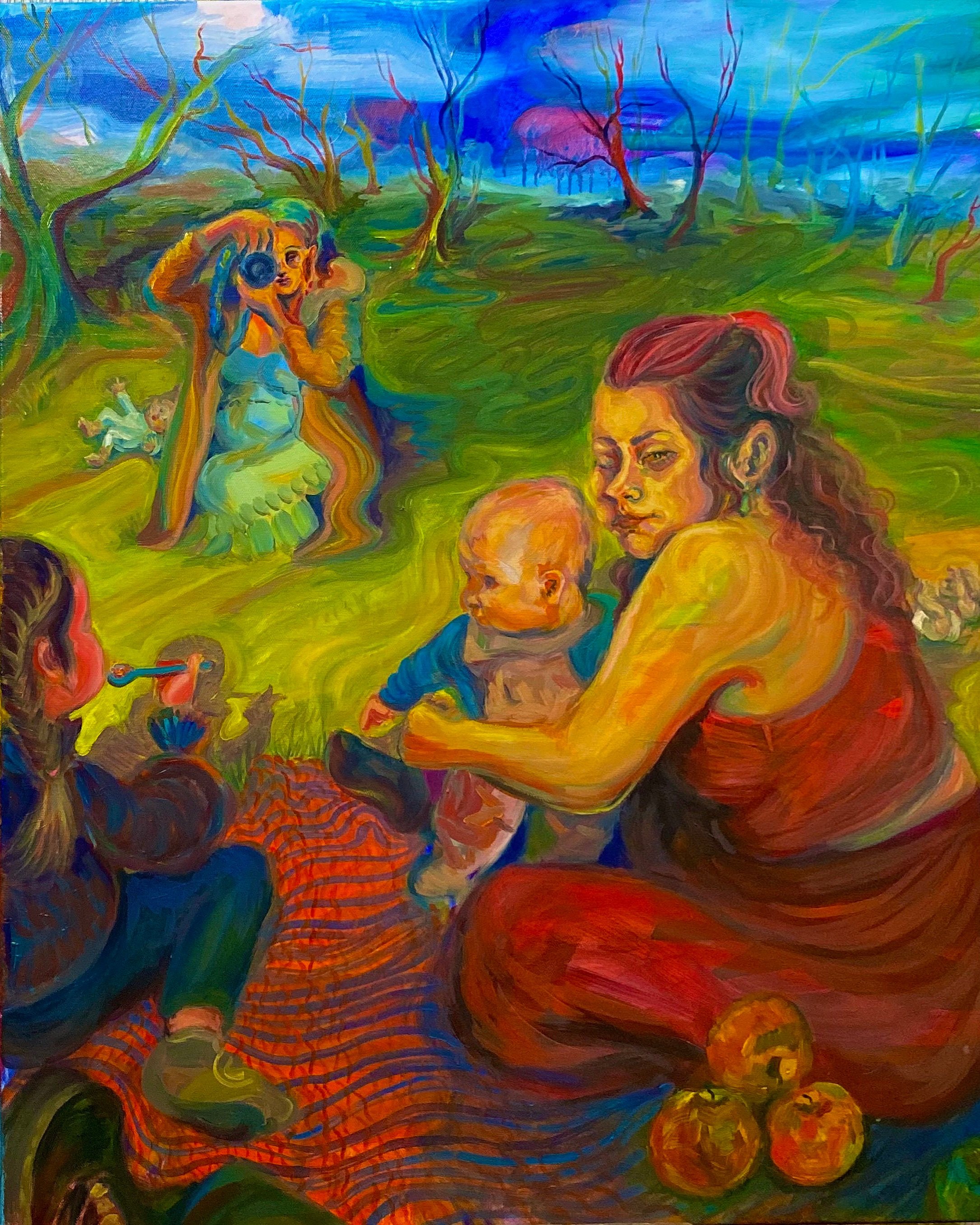
2 x 3 ft. oil on canvas. 2022.
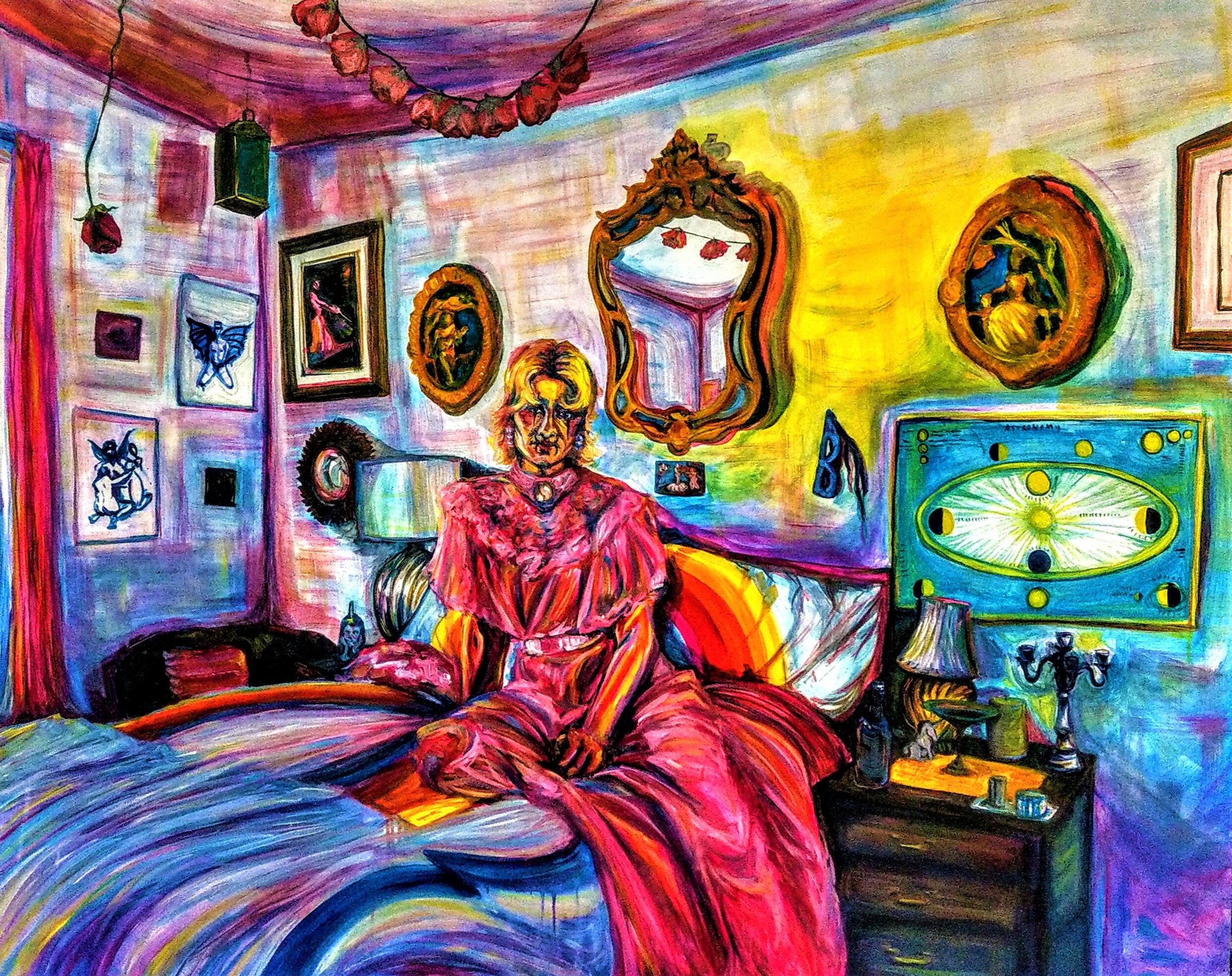
4 x 5 ft. Oil on Masonite Panel. 2020.
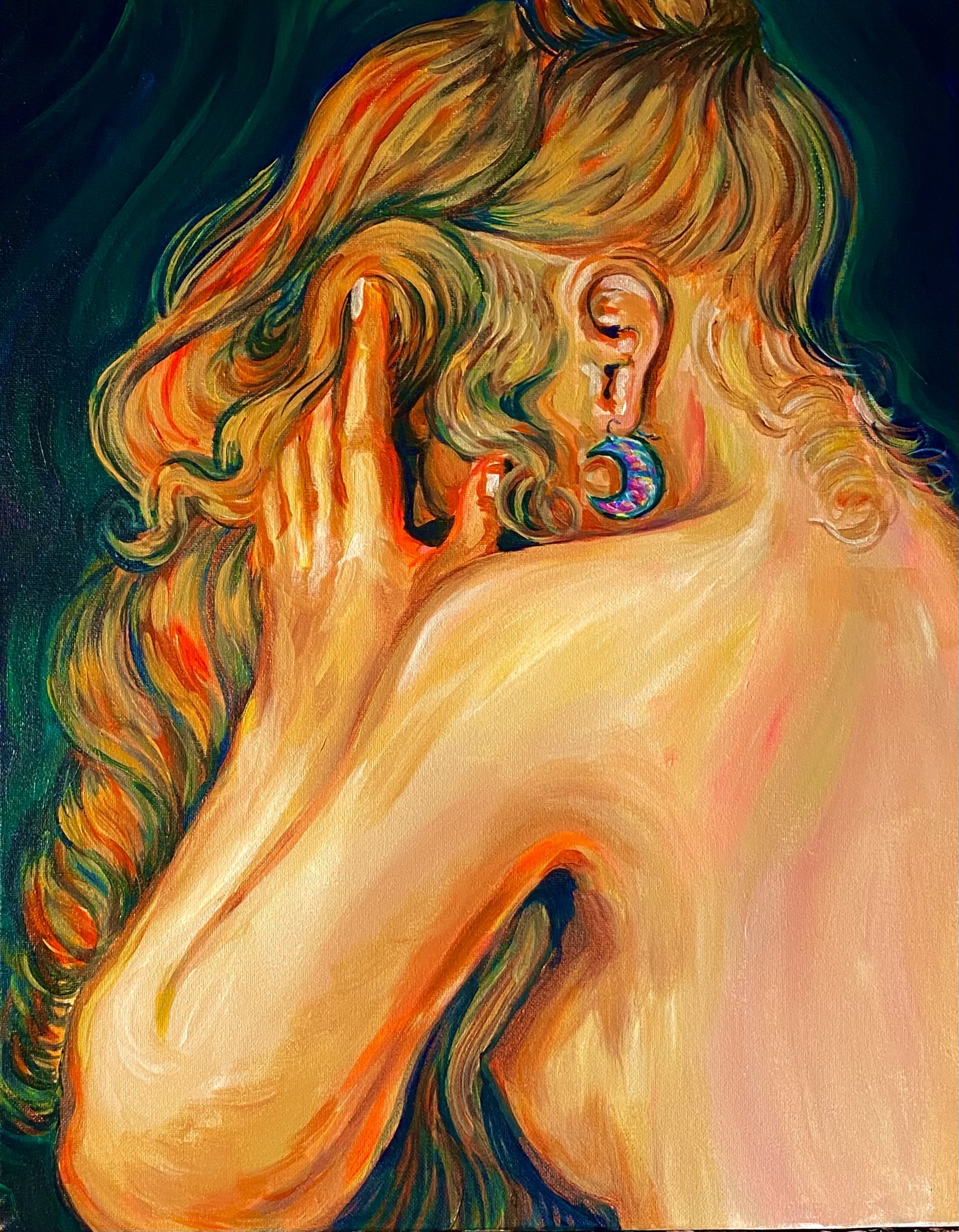
16 x 20. acrylic on canvas. 2021.


11 x 17 in. oil on canvas.2022.
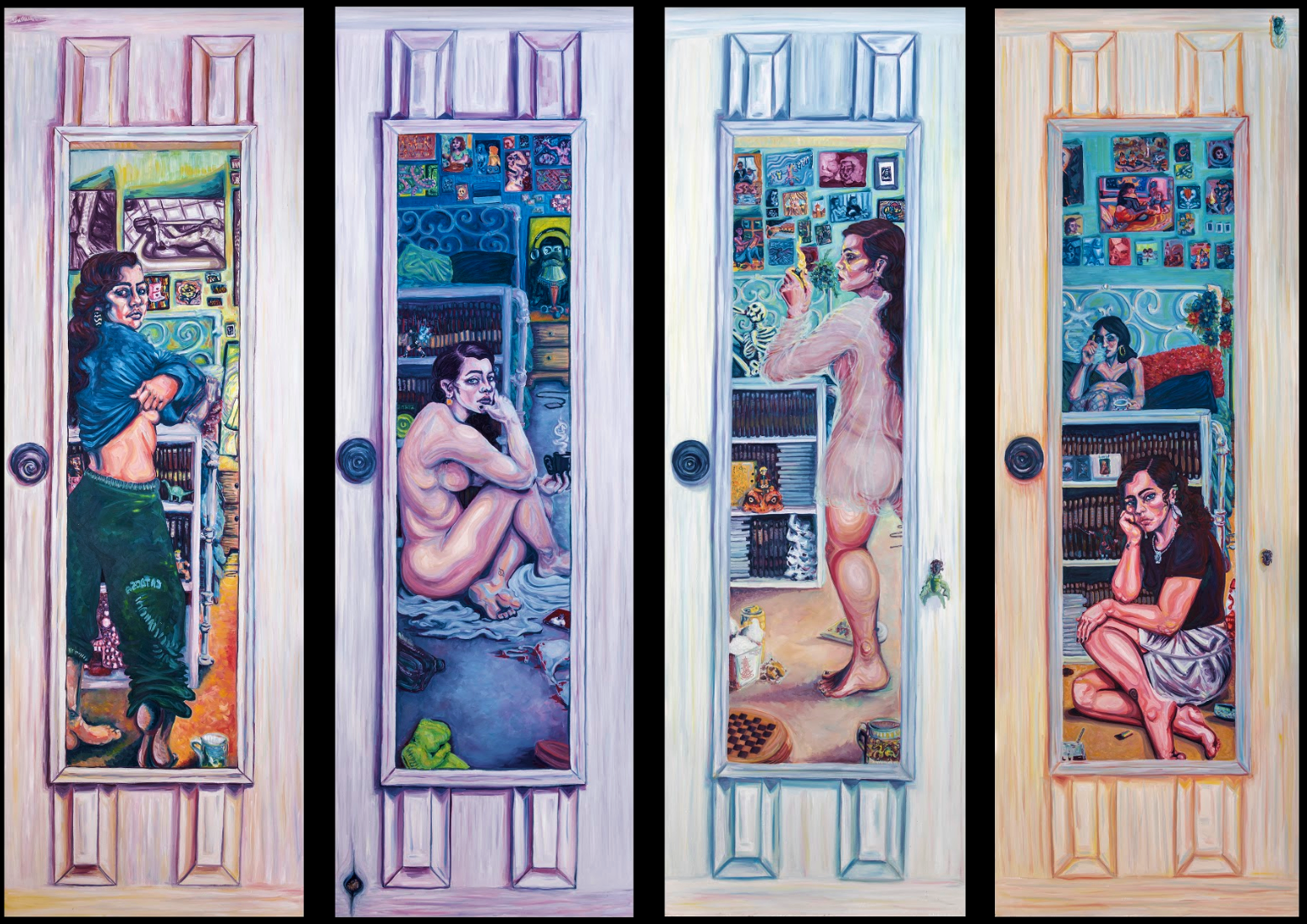
65 x 24. Oil on Masonite. 2019.
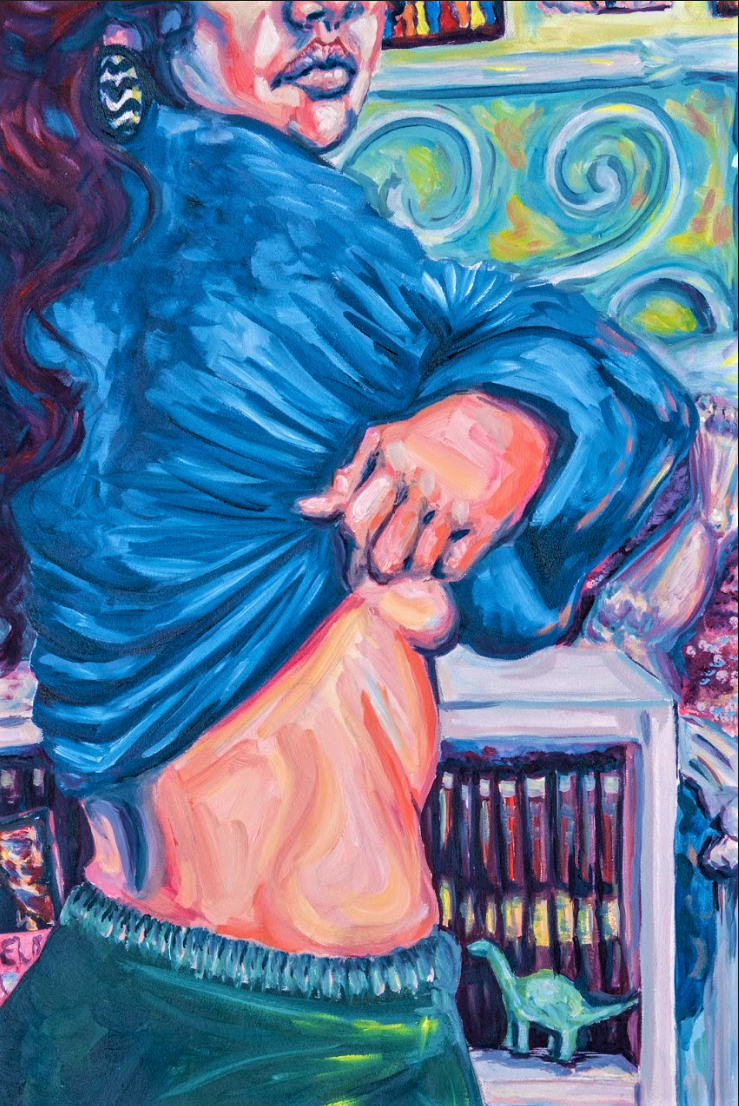
Oil on Masonite. 2019.

Oil on Masonite. 2019.

Oil on Masonite. 2019.

6 x 4 ft. acrylic on masonite. 2021.

12 x 24. Oil on Canvas Board. 2019.
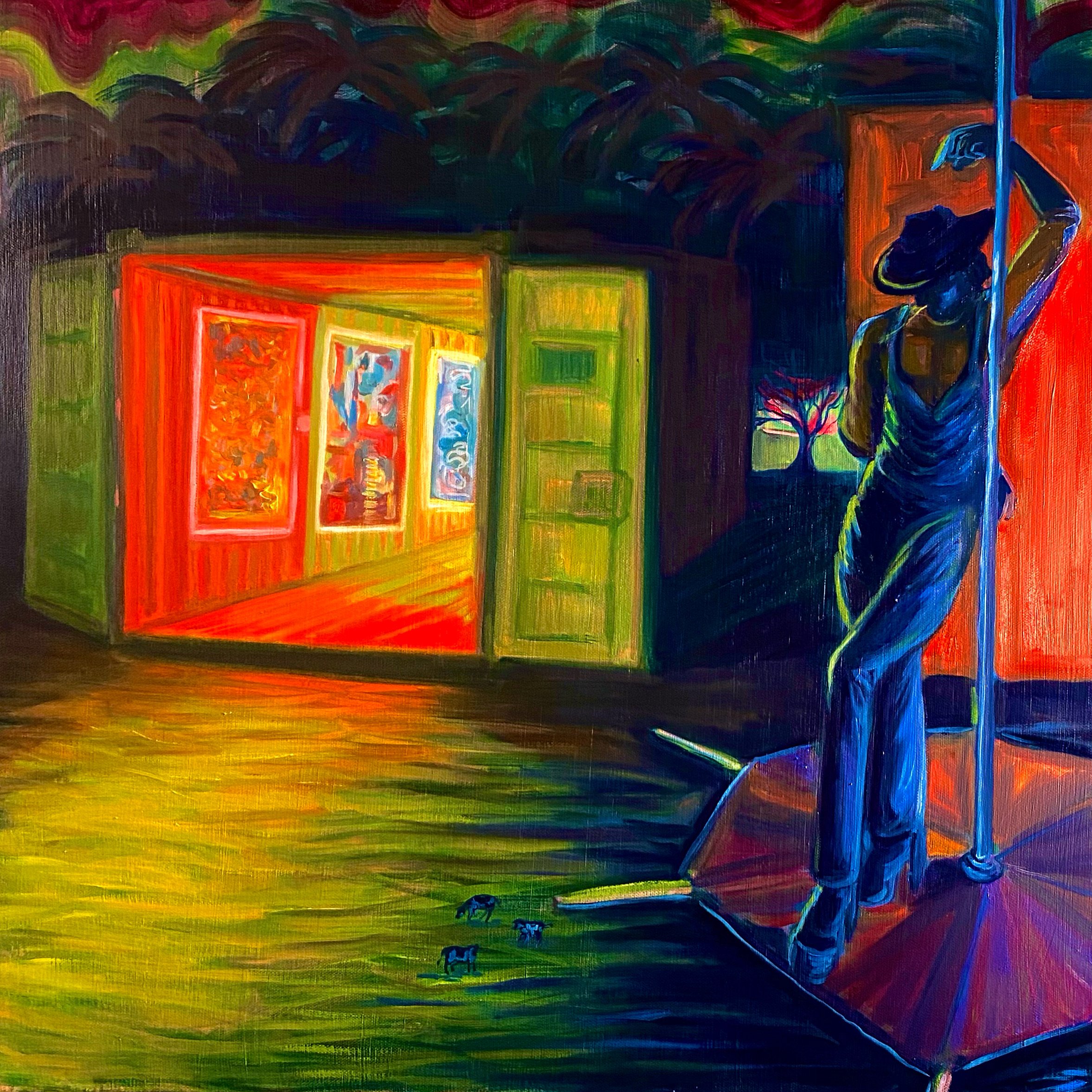

12 x 12. Acrylic on canvas. Observational. 2021.
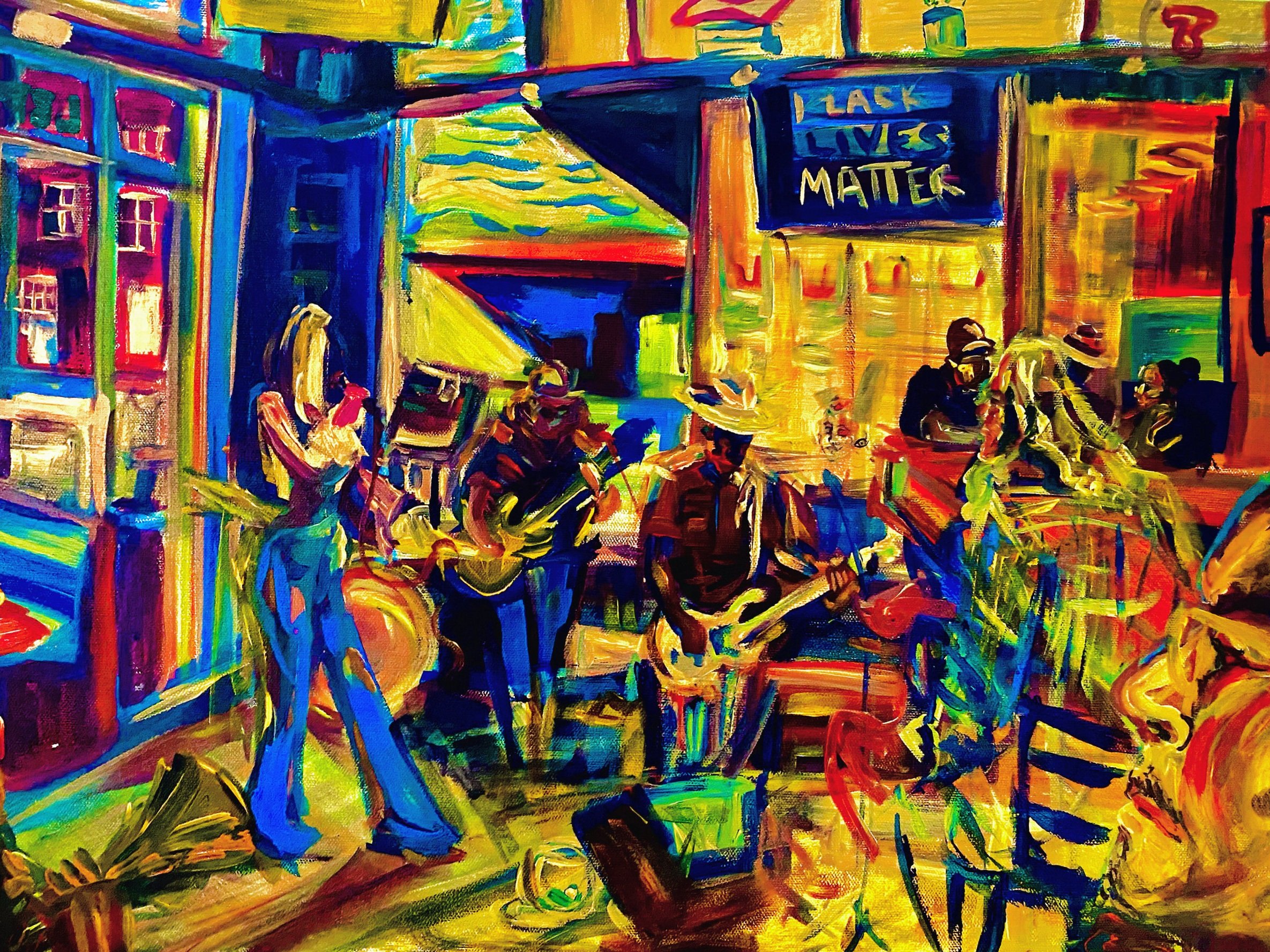
18 x 24. Acrylic on Canvas. 2021.
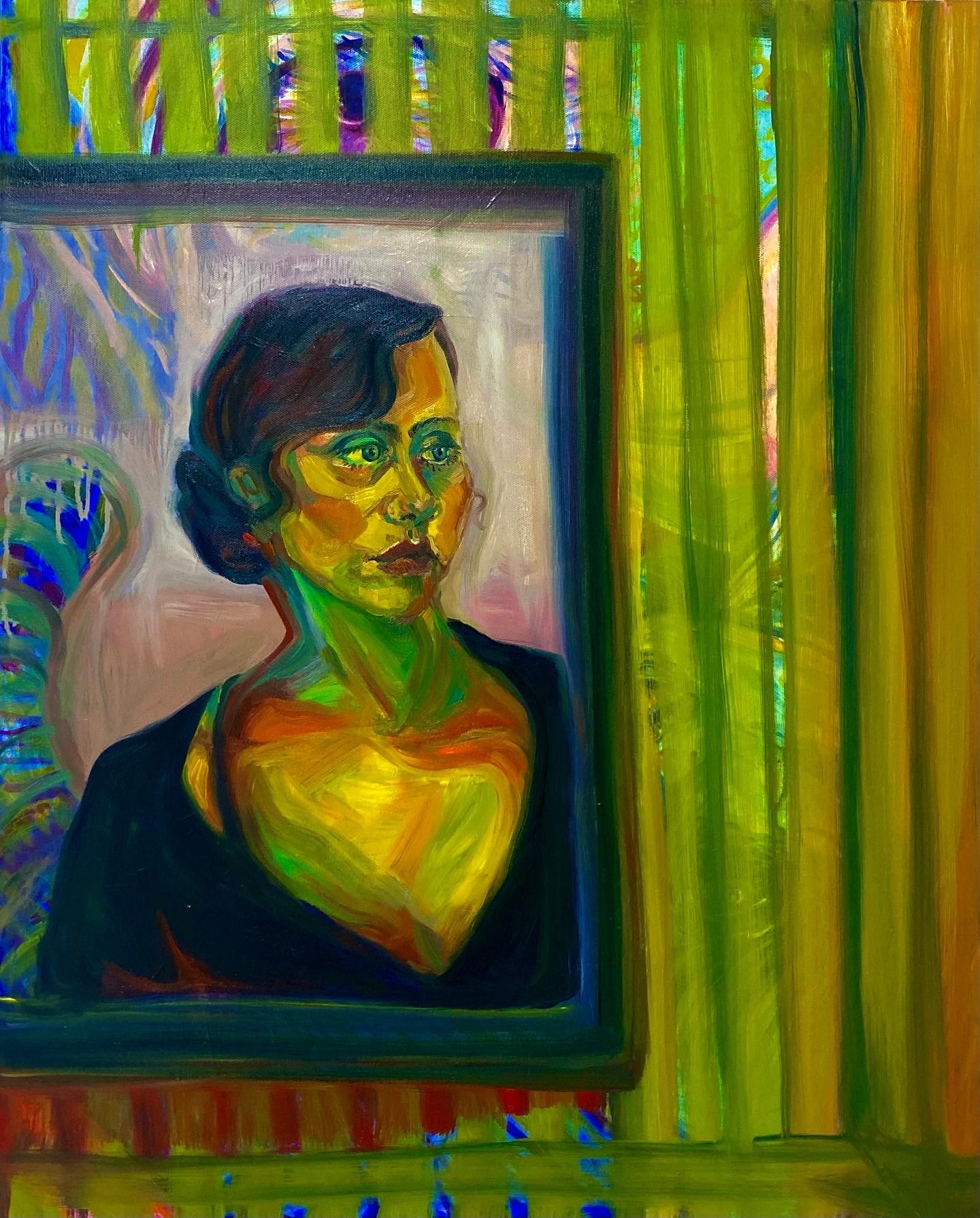
2 x 3 ft. oil on canvas. 2022.
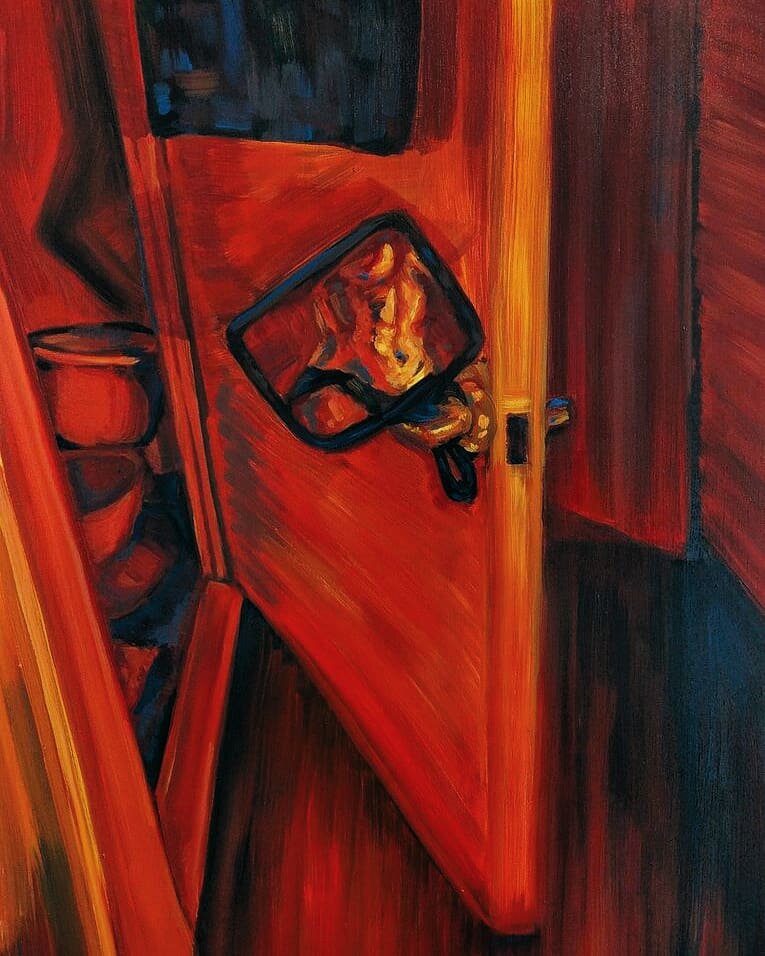
18 x 24 inches. Oil on masonite. 2019.


12 x 12 in. oil on canvas. 2022.
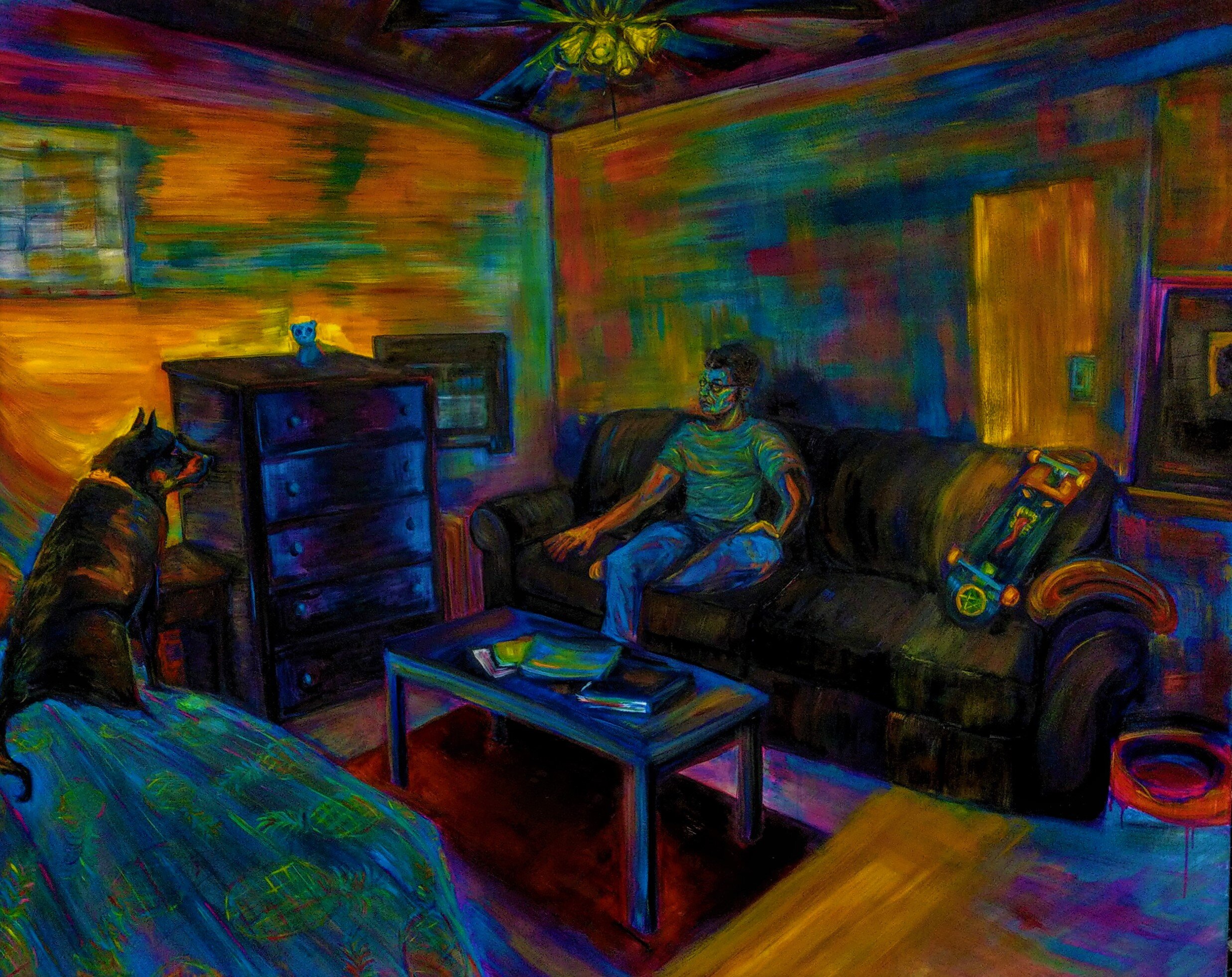
4 x 5 ft. Oil on Masonite Panel. 2020.
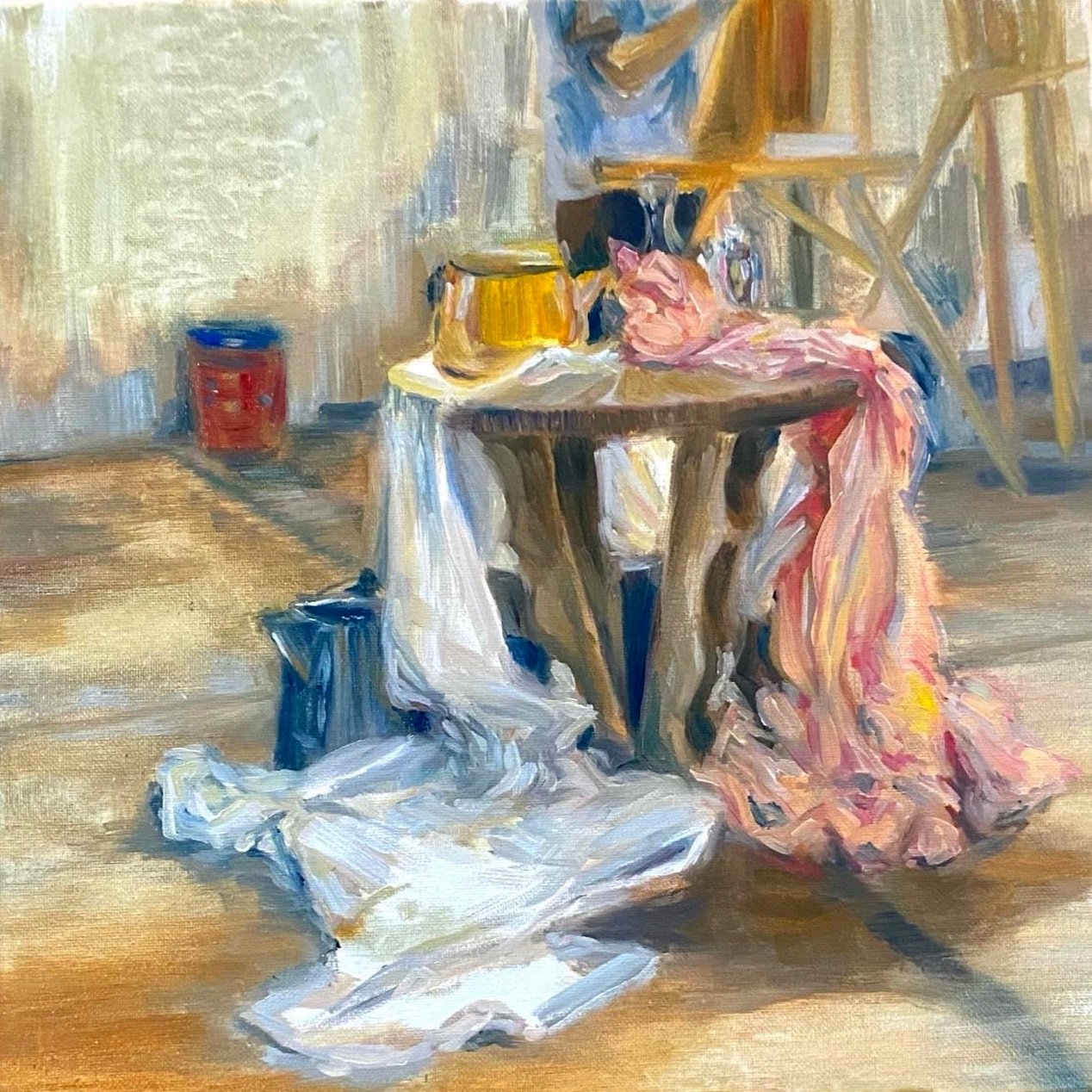
12 x 12 in. oil on canvas. 2022.
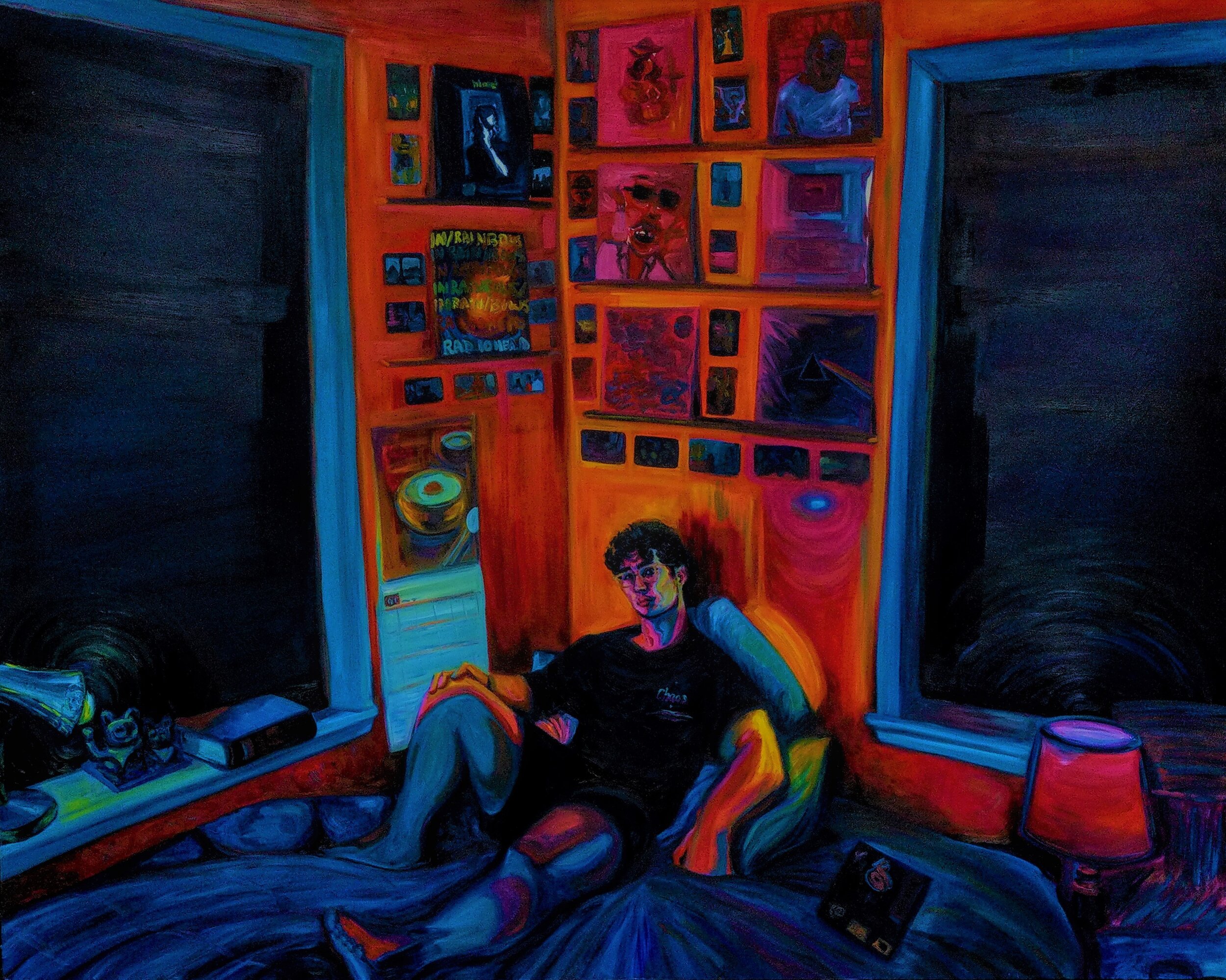
4 x 5 ft. Oil on Masonite Panel. 2020.
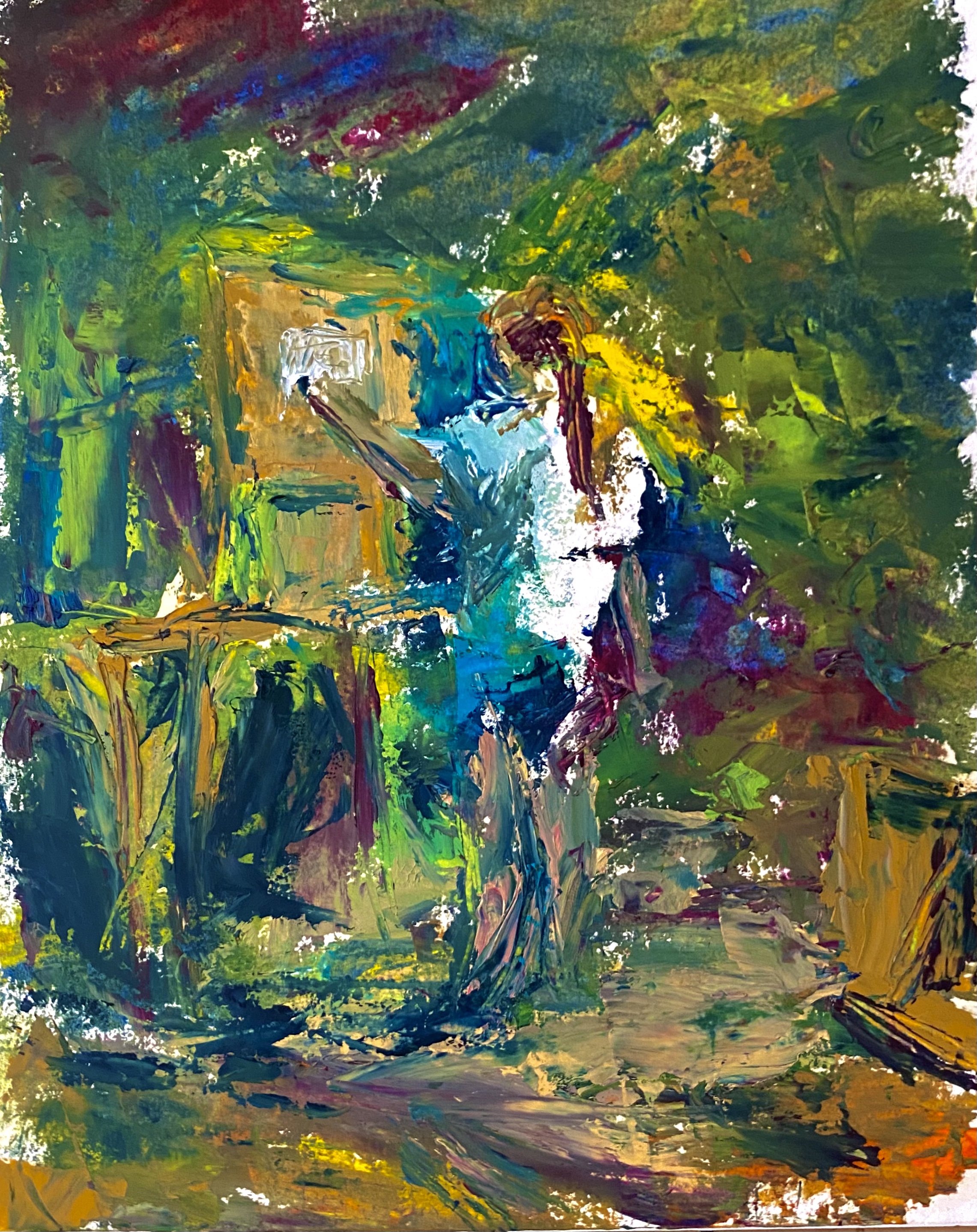
8 x 10 in. oil on panel. observational. 2022.

18 x 24 inches. Oil on masonite. 2019.
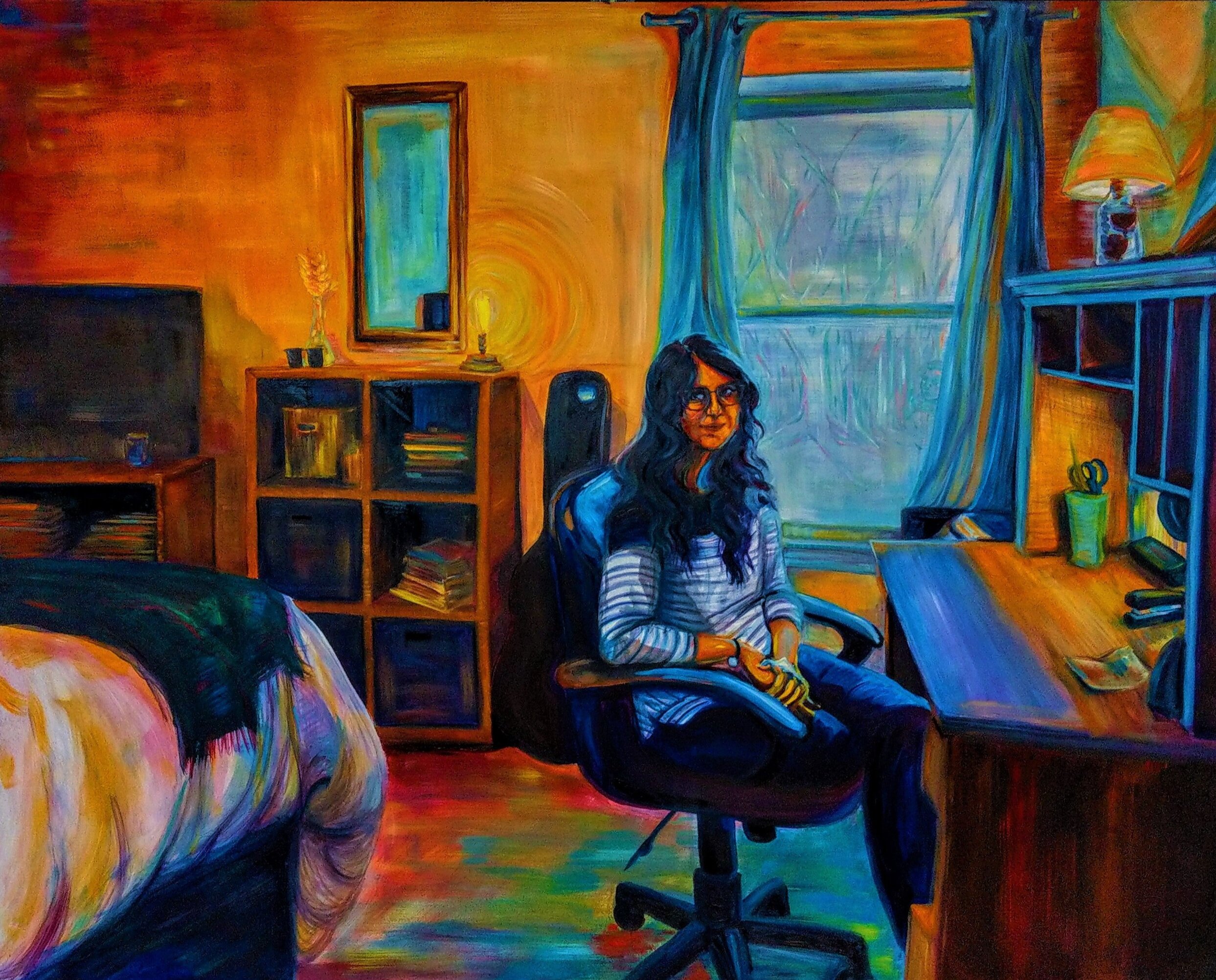
4 x 5 ft. Oil on Masonite Panel. 2020.

16 x 20 in. oil on canvas. 2022.

16 x 20 in. oil on canvas. master copy of Goya. 2022.

16 x 20 in. oil on canvas. 2022.
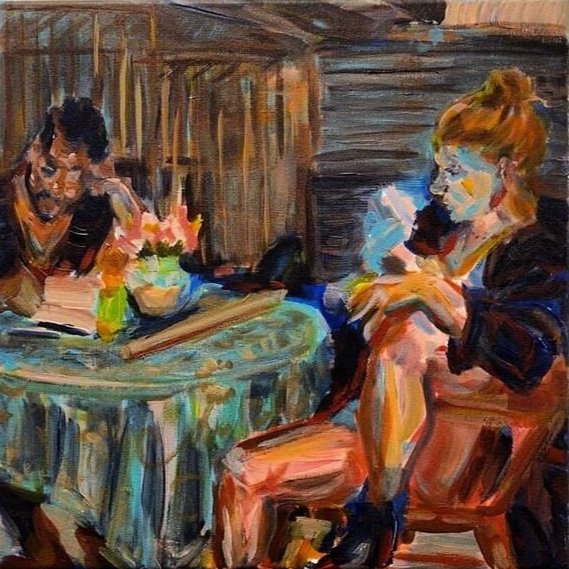
12 x 12 inches. Acrylic on Canvas. 2019.
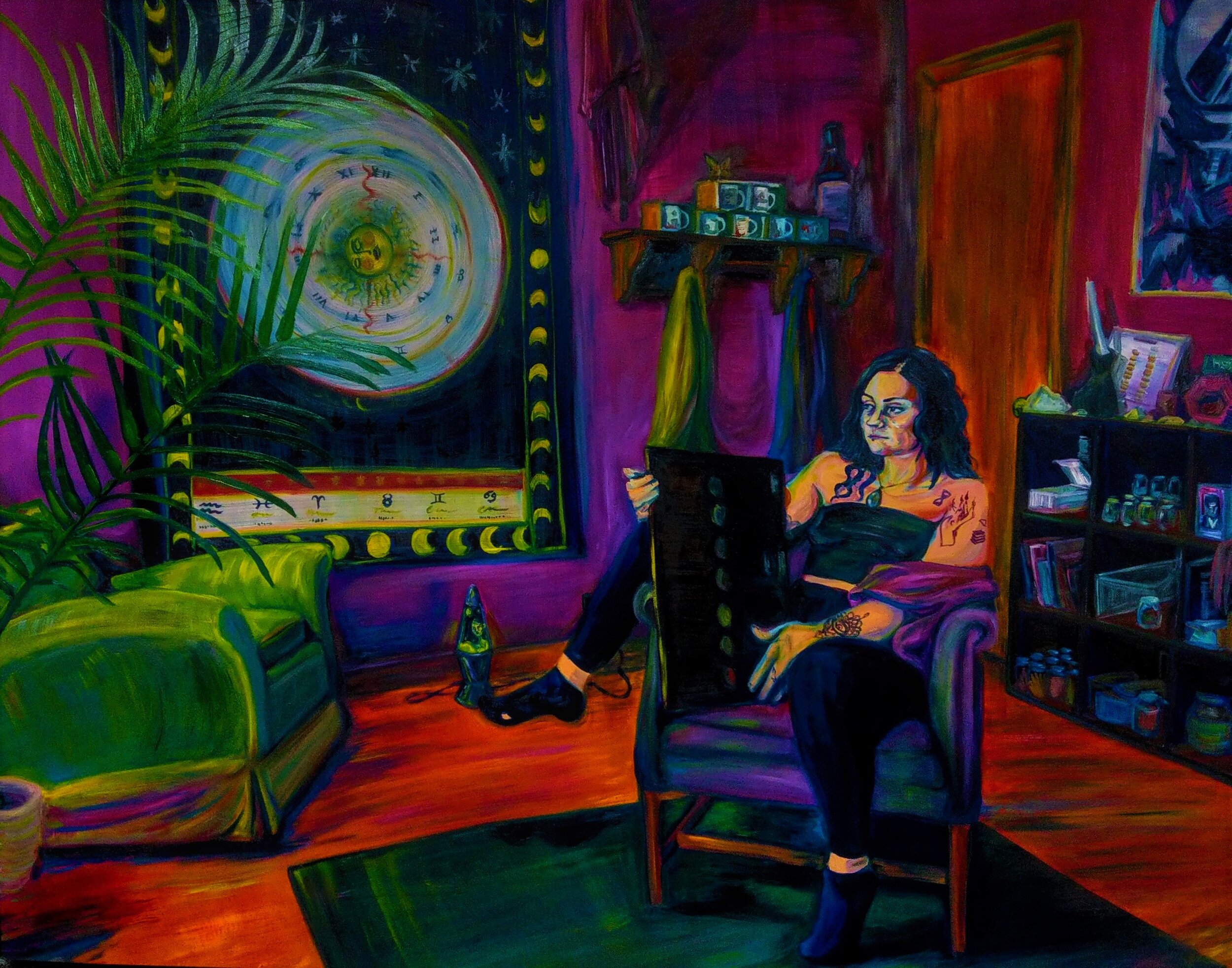
4 x 5 ft. Oil on Masonite Panel. 2020.

2 x 3 ft. oil on canvas. 2022.
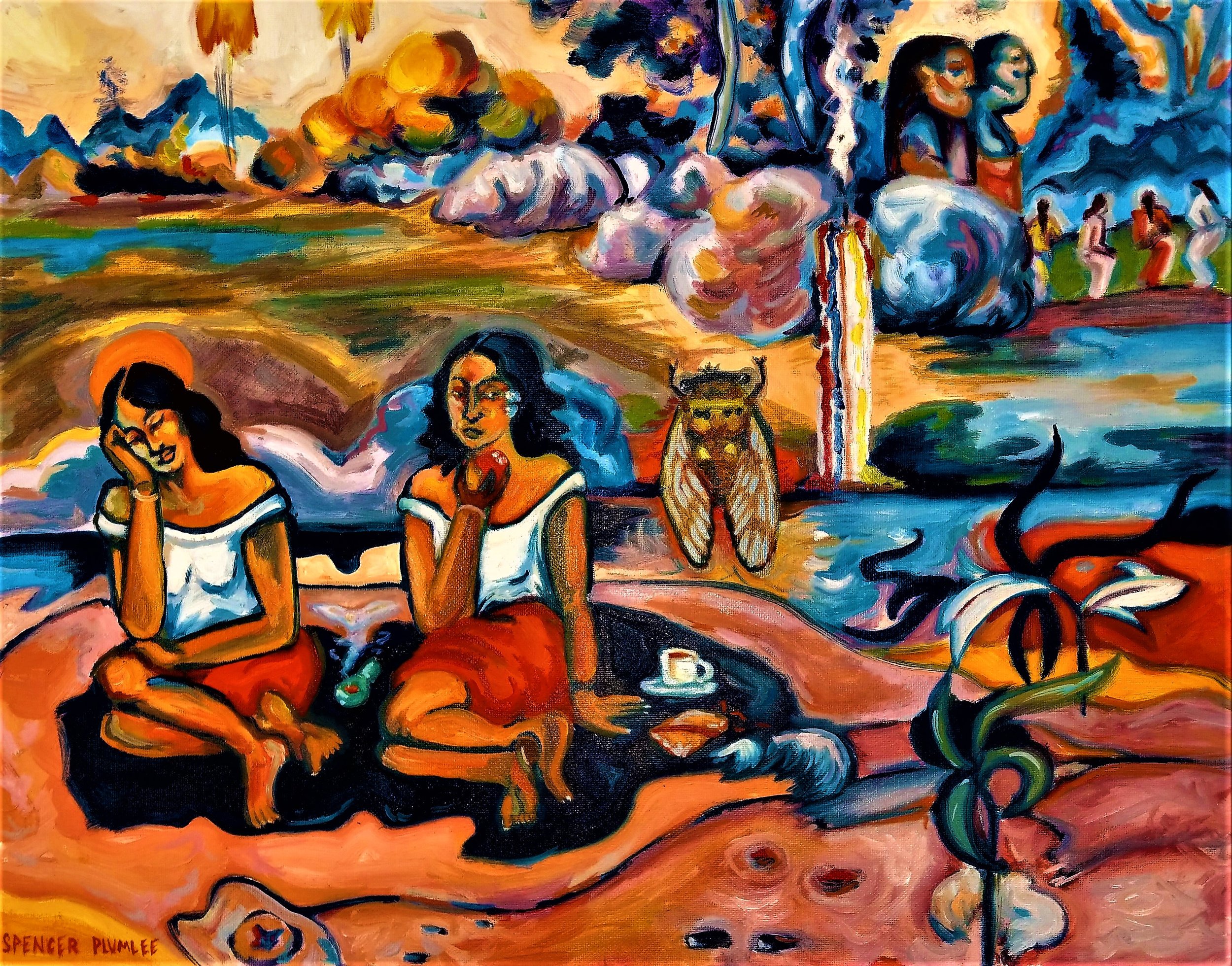
18 x 24. Oil on Canvas. 2018.


18 x 24 in. oil on masonite. 2022.
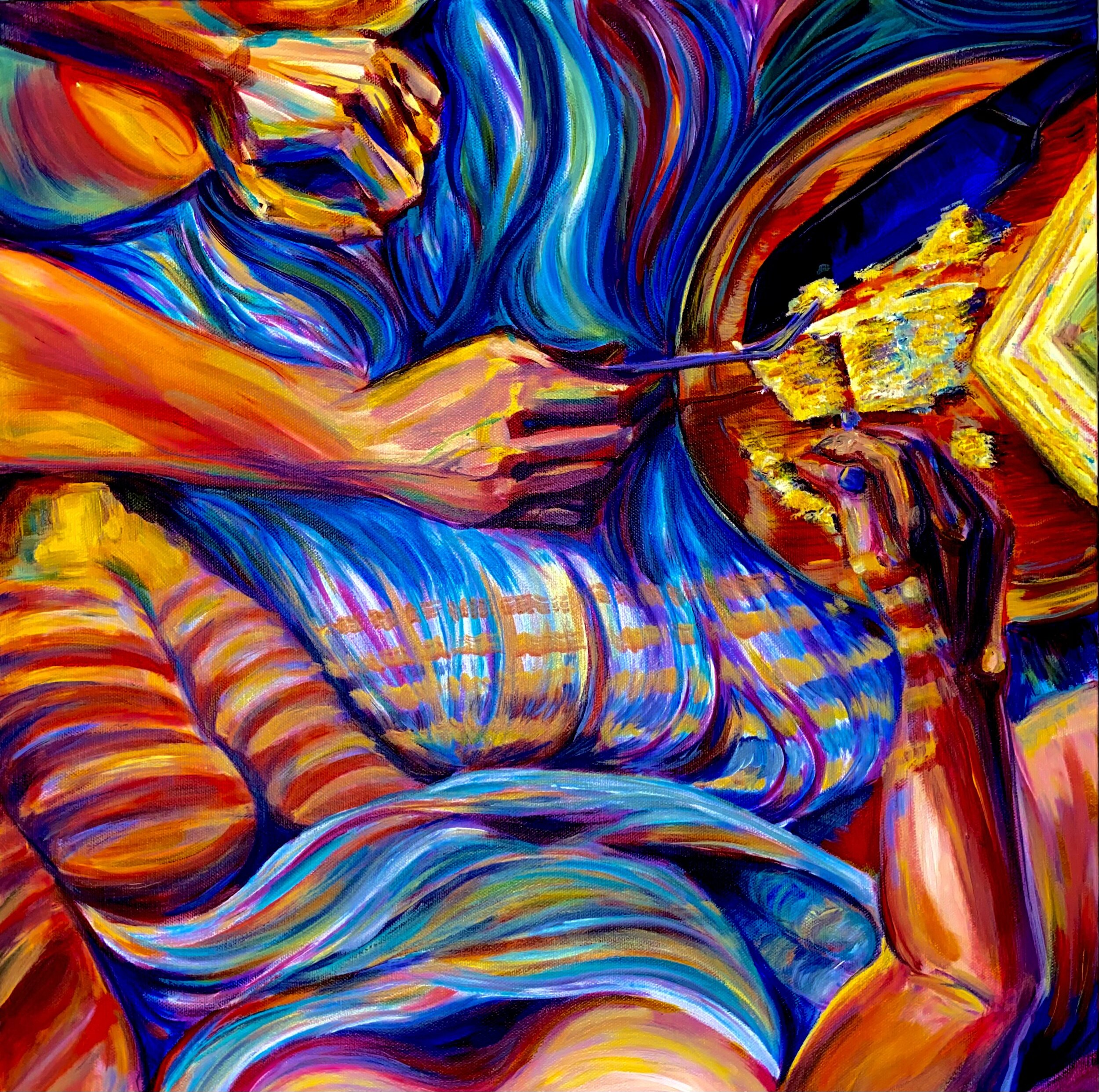
24 x 24. Acrylic on canvas. 2020.

10 x 10 in. oil on panel. observational. 2022.
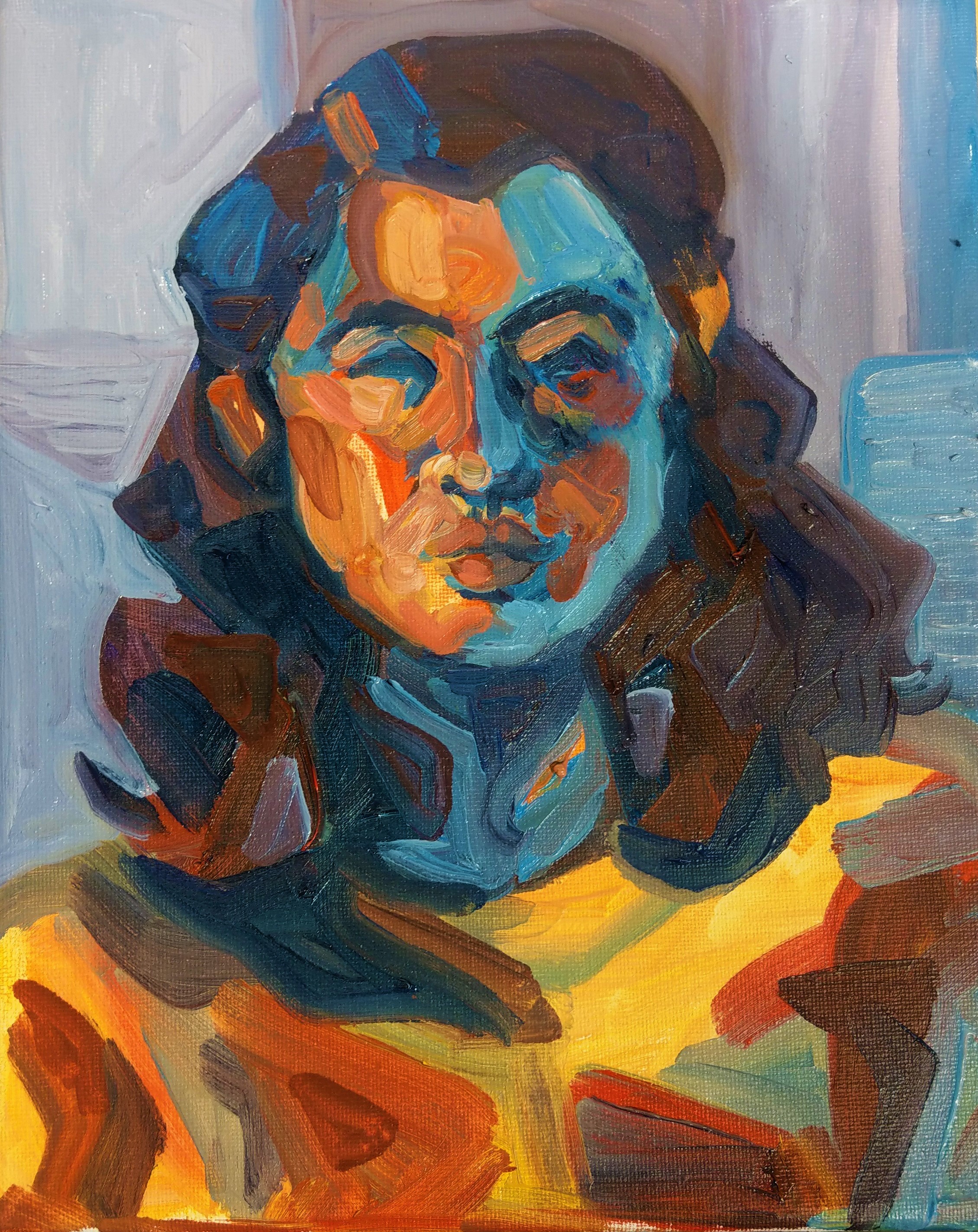
8 x 10. Oil on Canvas. 2018.
11 x 14. Acrylic on canvas. 2020.
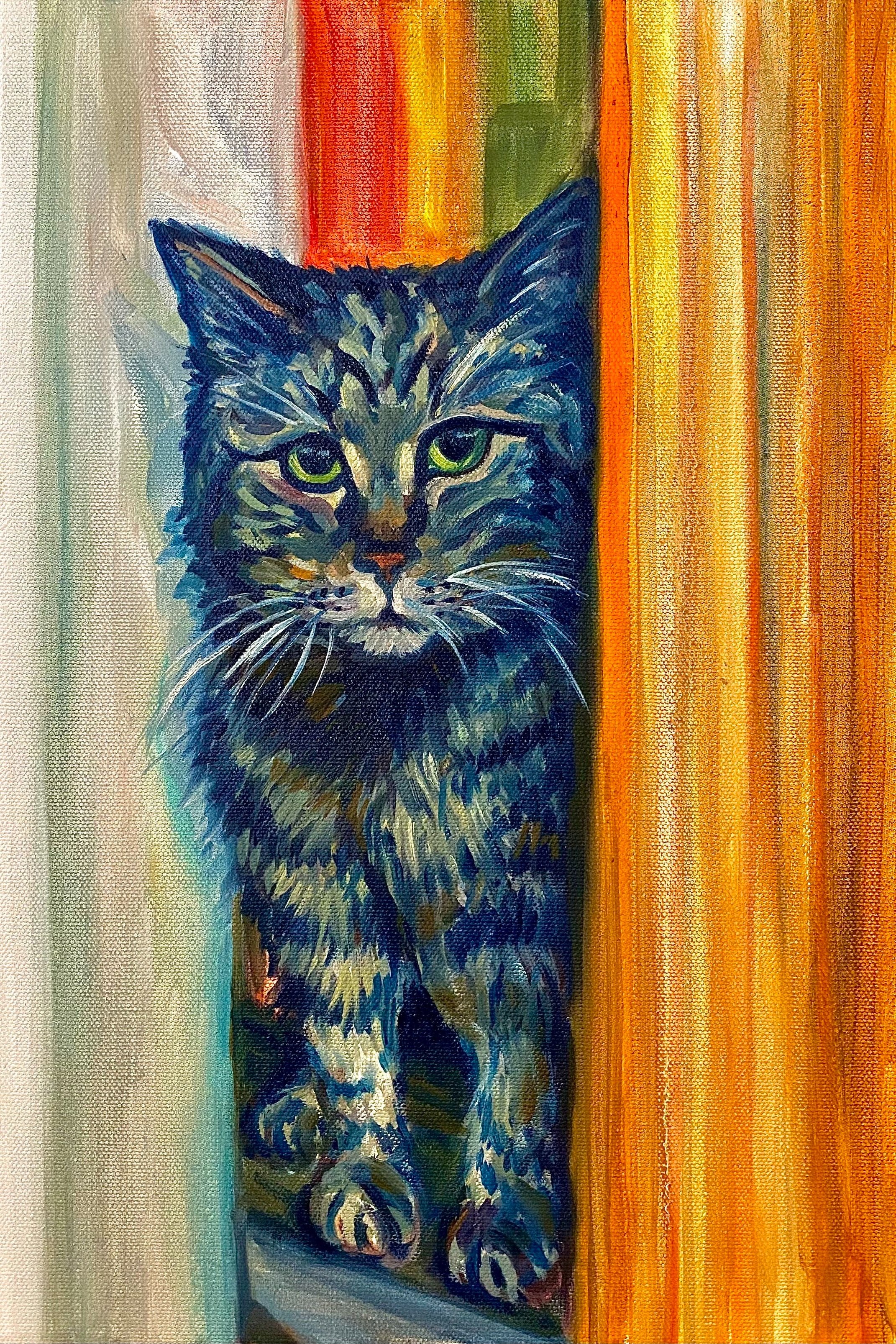
11 x 17 inches. oil on canvas. 2022.
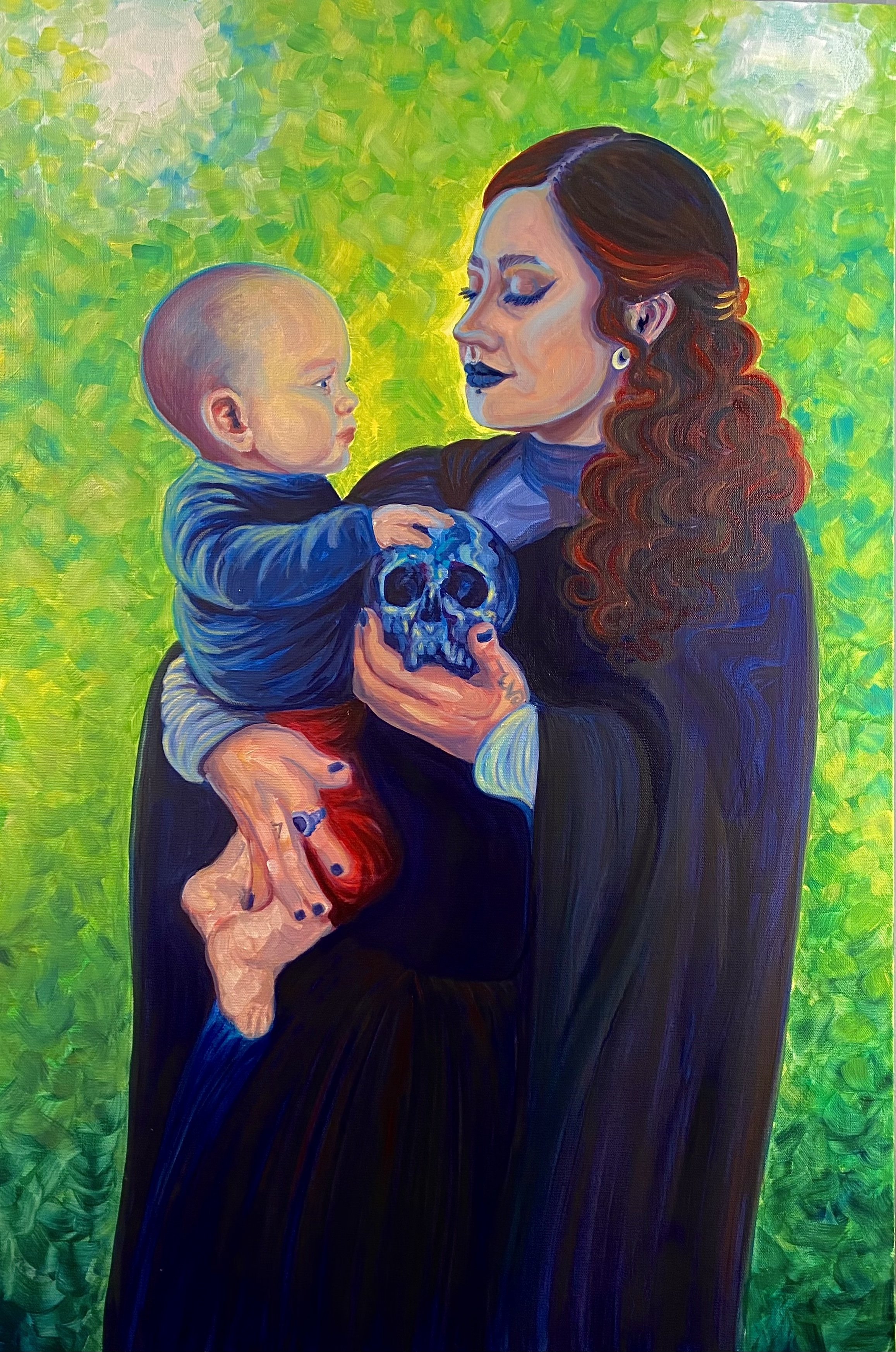
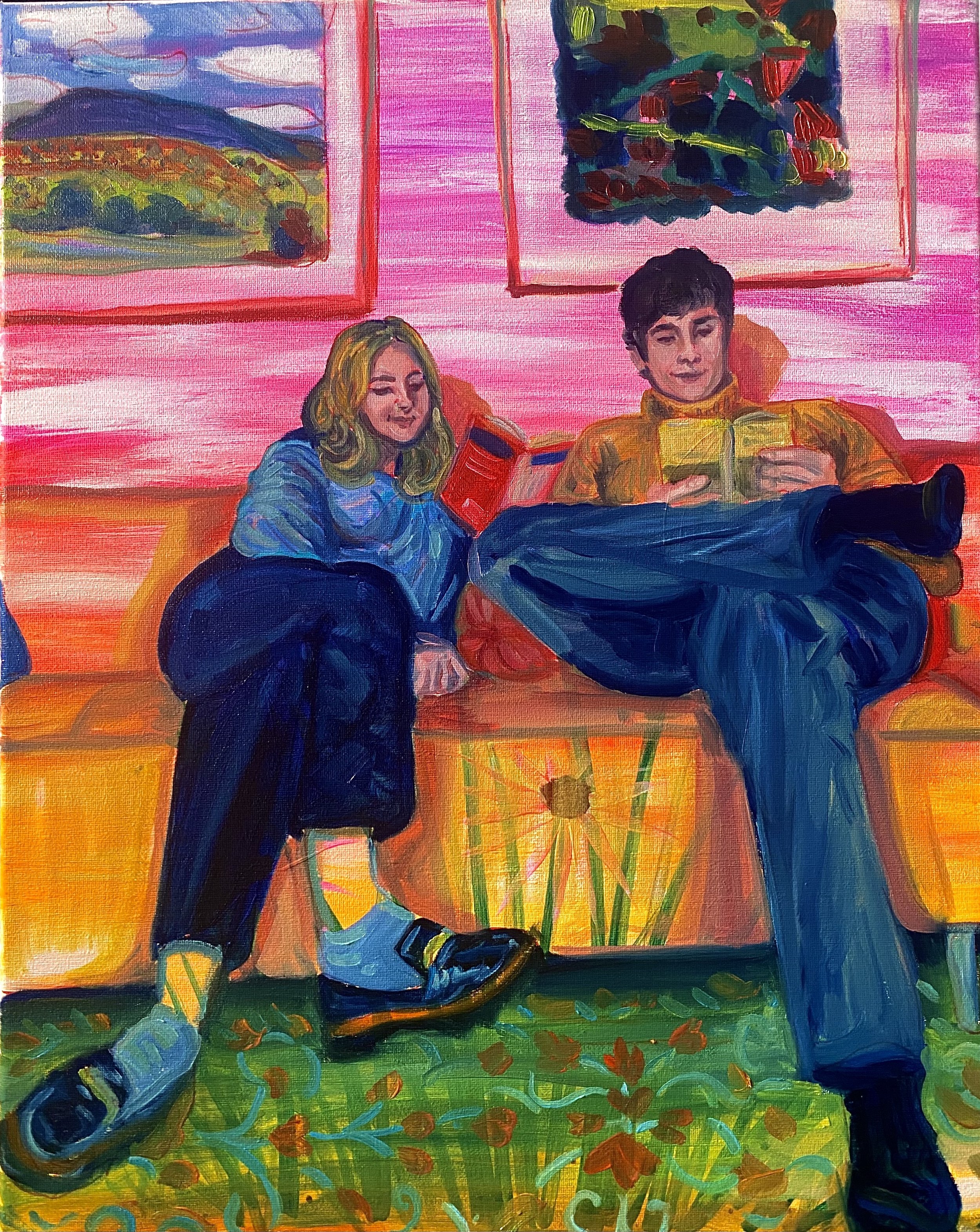
16 x 20 in. Oil on canvas. 2023.
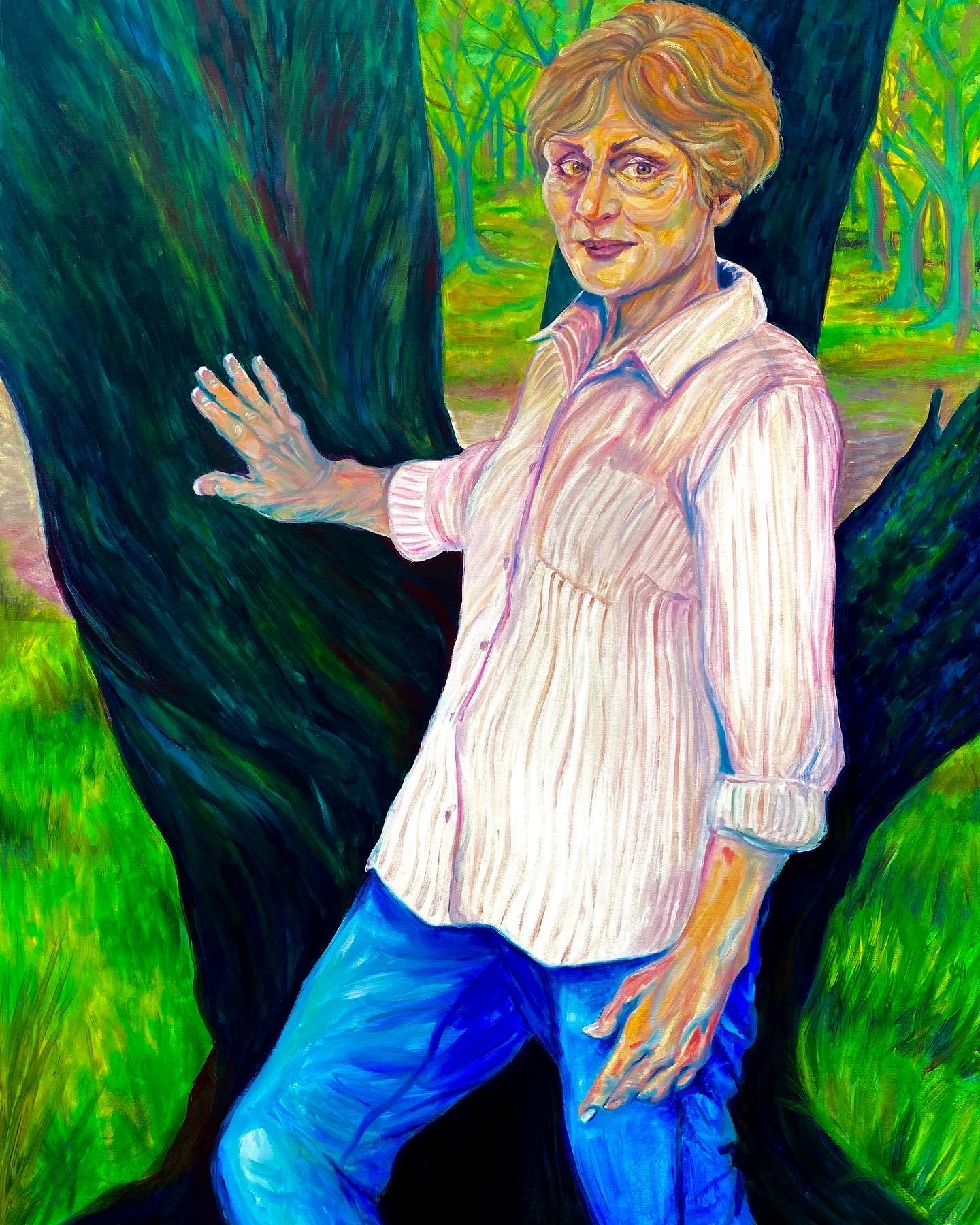
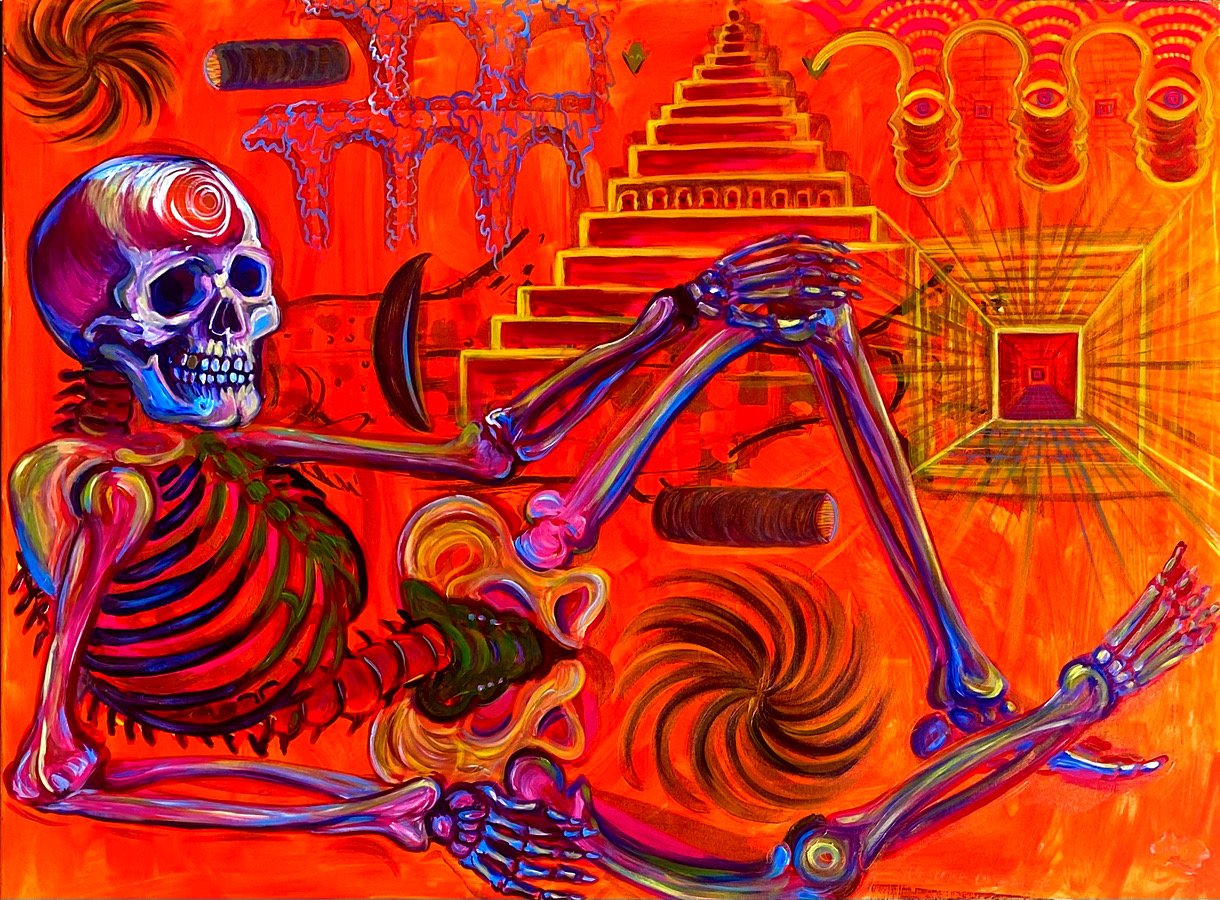

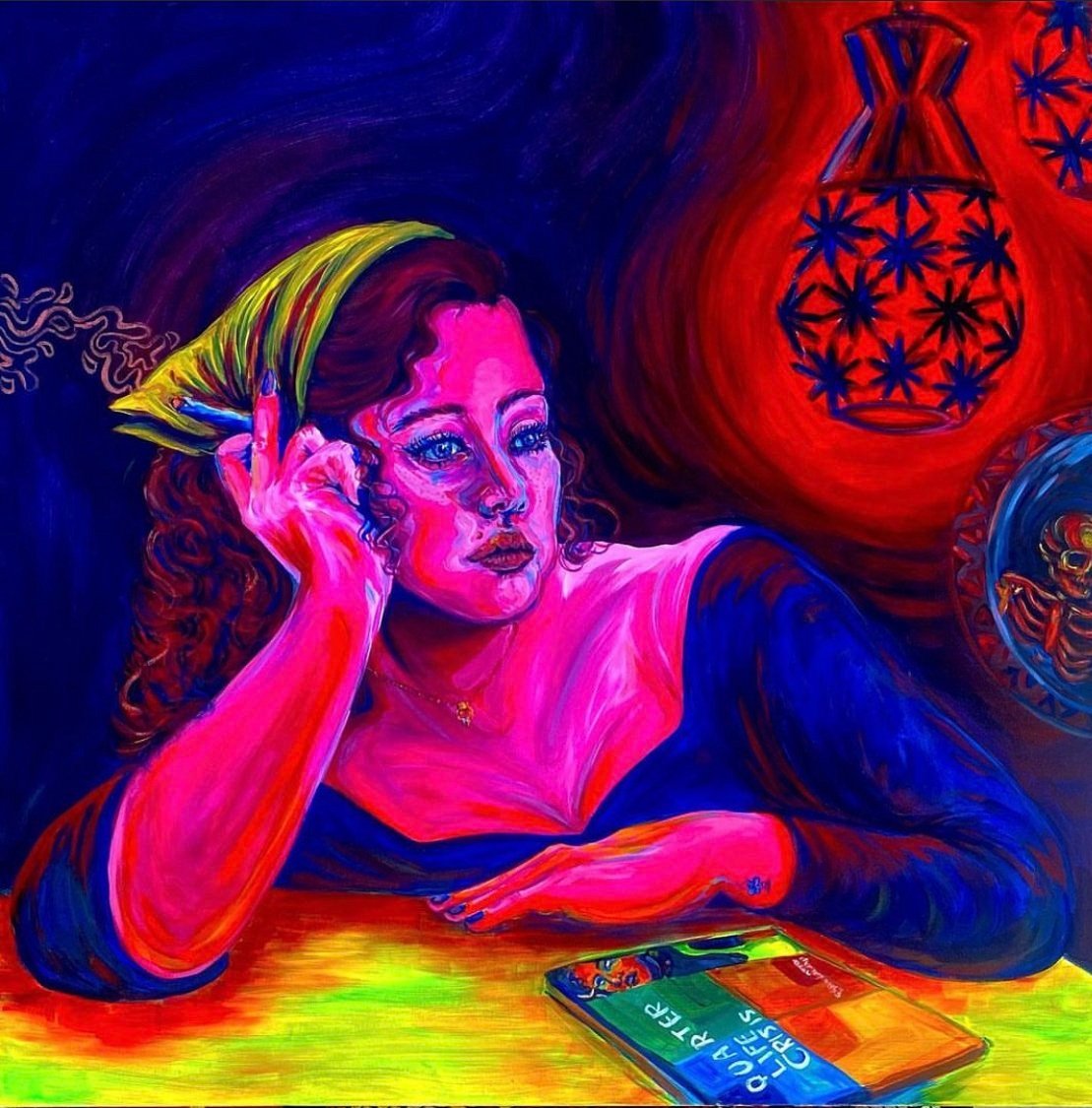
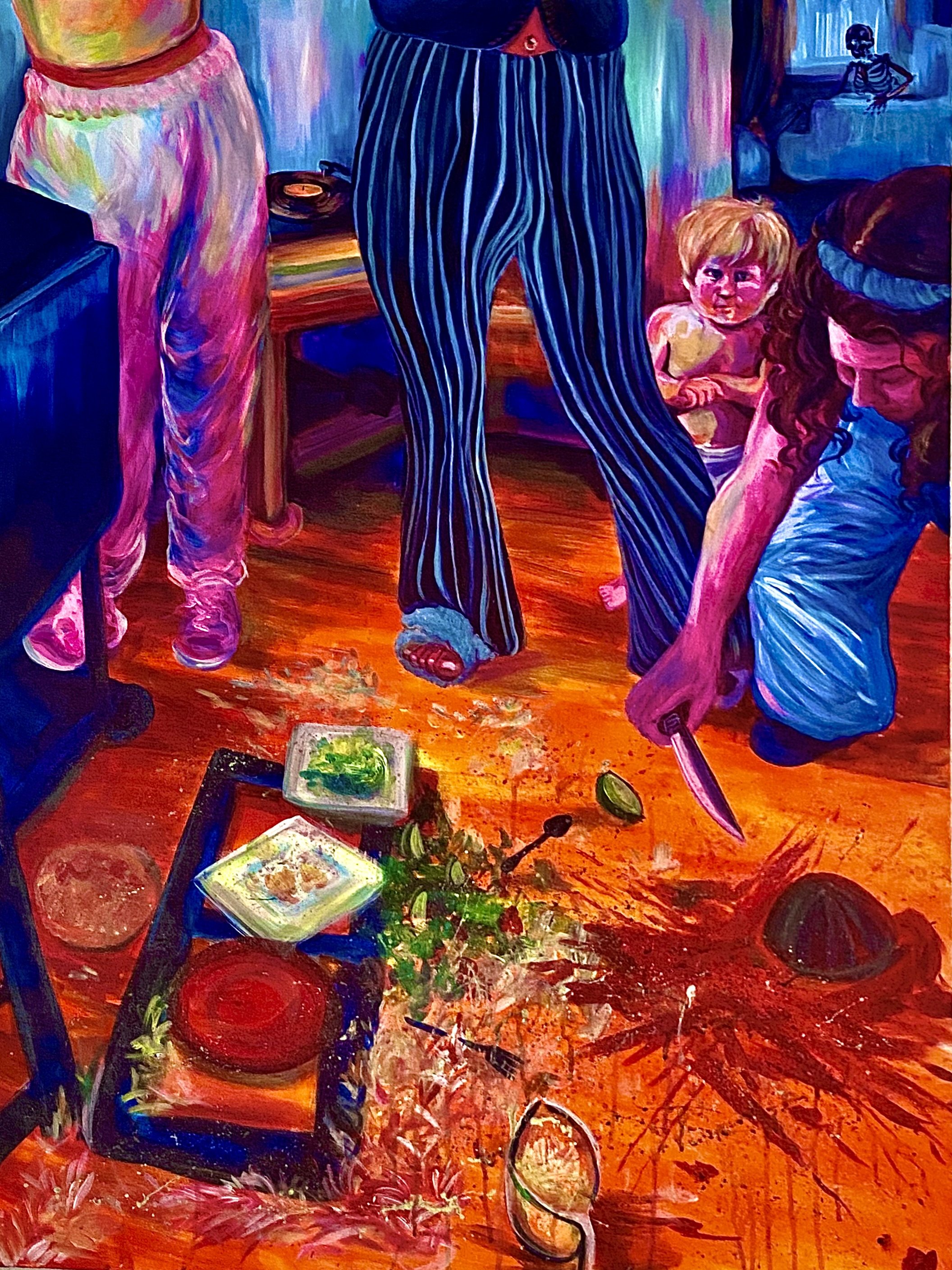

3x4 ft. Oil on canvas.
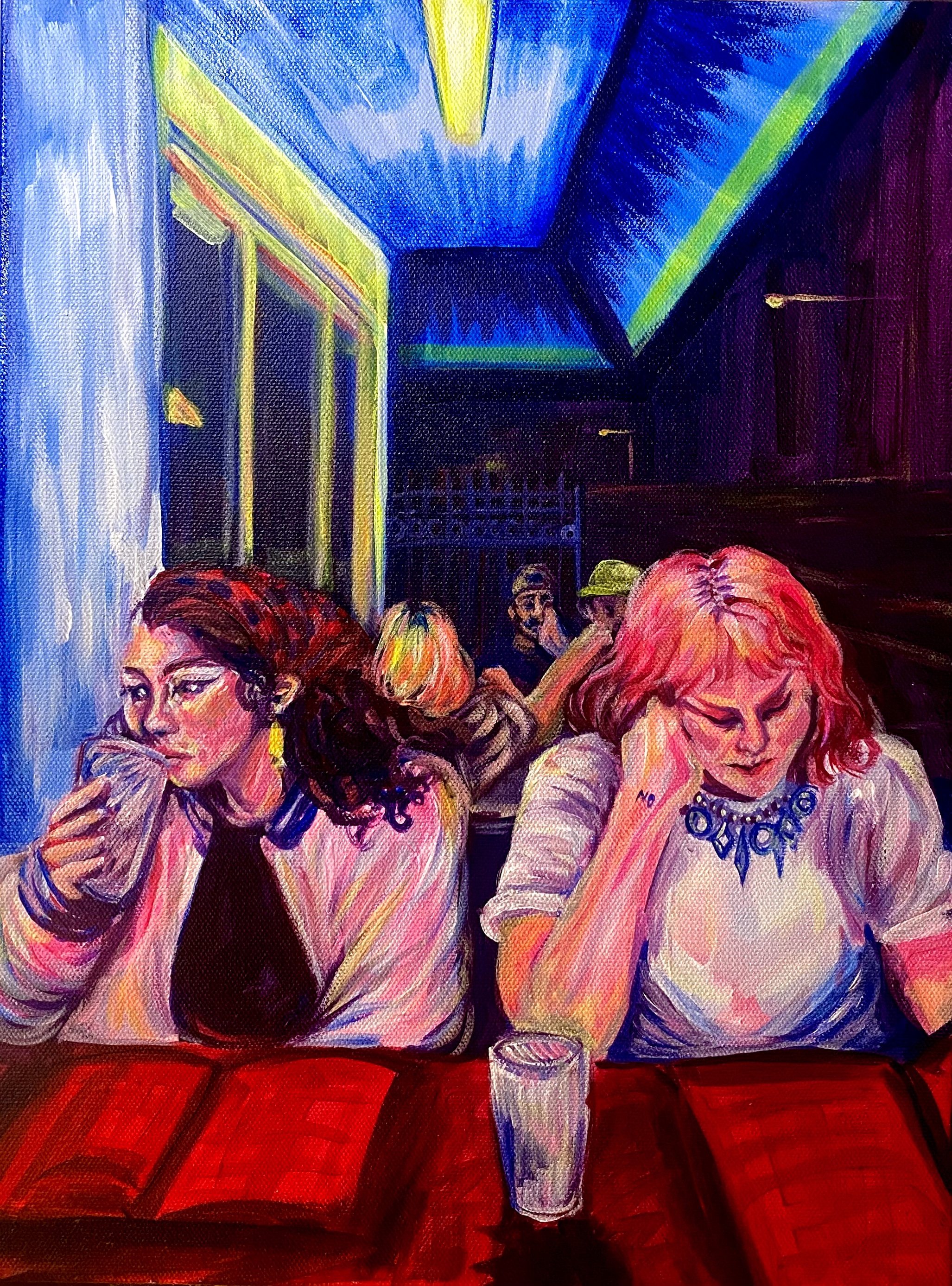


12x16 in. oil on canvas.

12x16 in. oil on canvas.
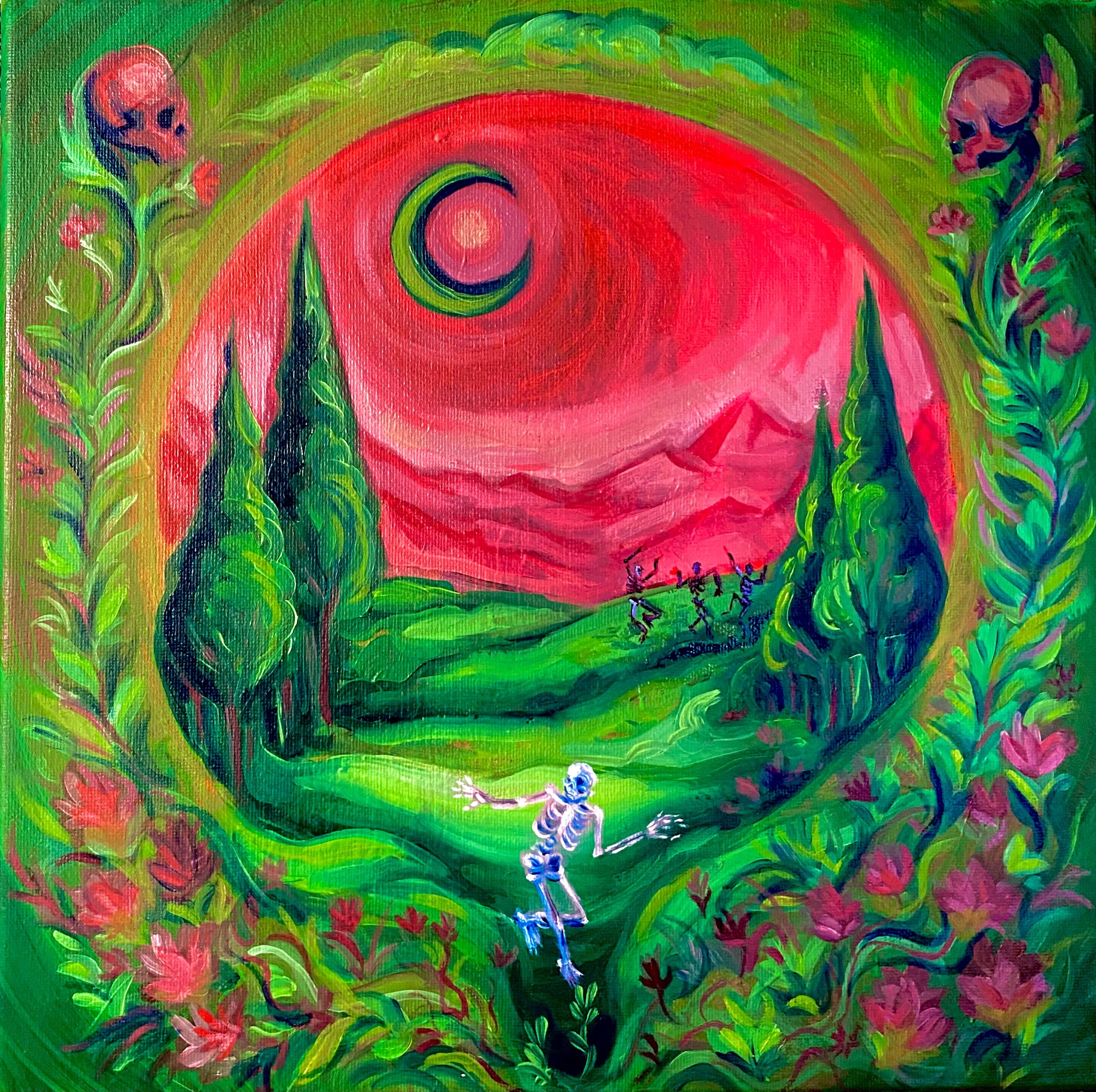
12x12 in. oil on canvas.
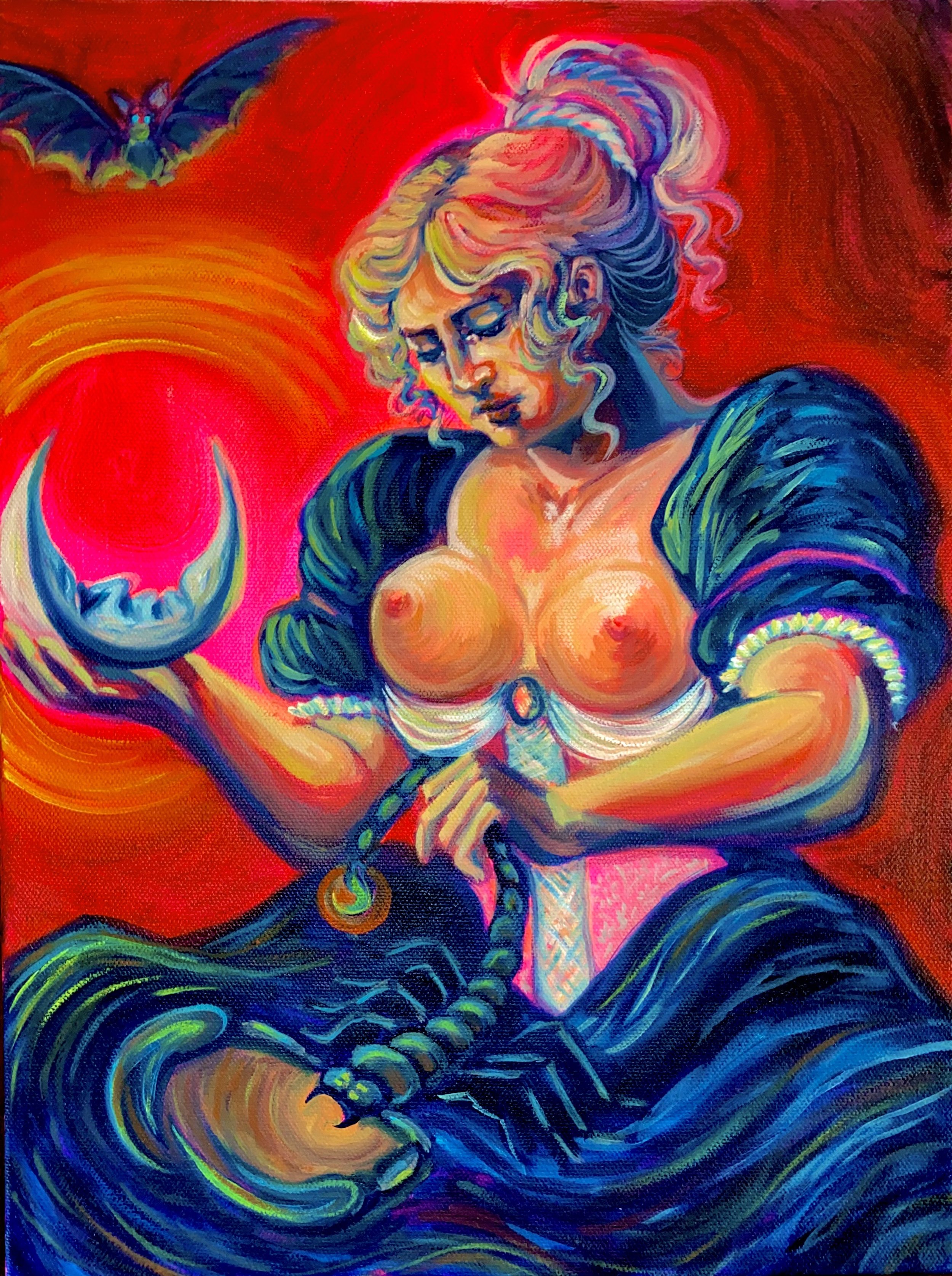
12x16 in. oil on canvas.

12x16 in. oil on canvas.

16x20 in. oil on canvas.

12x16 in. oil on canvas.

4 x 4 ft. oil and acrylic on masonite. 2021.
This painting is based off Italian Sculptor Bernini’s baroque sculpture-'The Ecstasy of St. Teresa’ who was the first saint who described a mystical and simultaneously orgasmic interaction with god talking to her. Bernini was the first to sculpt something so equally sexual and religious. My take on this historical piece is having this scene take place in the downtown Tulsa club St Vitus. Historically St. Vitus was this legend like martyr from Lucania. The common practice of the Christian Church was to replace existing pagan deities and places of worship with analogous persons and rituals of Christian content, so it seems more likely that Saint Vitus was created to replace previous secular deities of similar name and attributions. He was the patron saint of dancers , killed by Romans as a martyr in 303 AD. His followers would dance manically in front of his statue & considered dancing as a religious act. In Germany, his feast was celebrated with dancing before his statue. This dancing became popular and the name "Saint Vitus Dance" was given to the neurological disorder Sydenham’s Chorea. It also led to Vitus being considered the patron saint of dancers and of entertainers in general. He is also said to protect against lightning strikes, animal attacks and oversleeping. His feast day is celebrated on June 15th. The ‘St. Vitus dance ‘ is a disorder characterized by rapid, uncoordinated jerking movements primarily affecting the face, hands and feet. It was a most well defined disease around the 1800s. He is usually depicted as a man in boiling cauldron of boiling tar & molten lead, which was said he escaped from . This imagery evoked a hell on earth type of mysticism & it led me to investigate another piece of art from history , only this time from the Dark Ages - Heironymous Bosch’s ‘Garden of Earthly Delights’, specifically the third and final Hell panel. I infused a variety of the musical demons from that panel as Easter eggs to reward the viewers the longer they investigate the painting all taking place in one of my favorite clubs in Tulsa . Bosch is sometimes credited for being the first surrealist, but in actuality these scenes were what the people of the Dark Ages took as fact so he was more accurately a realist of his time . Combining the unseen fates and origin stories of his present day. “The ecstasy of St Vitus “ is a contemporary retelling of these three pieces I saw during my travels to Italy. This painting combines both secular and non secular imagery, reality and surrealism, in order to create a contemporary time capsule that chronicles human experience through my perspective.



































































36 x 36. Acrylic & oil on canvas. 2021.
3 x 3 ft. acrylic on canvas. 2022.
24 x 36. Oil on Masonite. 2018.
3 x 4 ft. Acrylic on masonite. 2020.
2 x 3 ft. Acrylic on canvas. 2021.
20 x 24. Oil on Masonite. 2018.
18 x 24. Oil on canvas. 2021.
11 x 17 in. oil on canvas. 2022.
16 x 20 in. oil on canvas. observational. 2022.
24 x 36. Acrylic on Masonite. 2020.
This painting helped raise almost $4K for the Greenwood Cultural center during the 2019 Black Lives Matter march in Tulsa.
4 x 5 ft. Oil on Masonite Panel. 2020.
11 x 14 in. gouache on canvas. 2022.
2 x 3 ft. oil on canvas. 2022.
4 x 5 ft. Oil on Masonite Panel. 2020.
16 x 20. acrylic on canvas. 2021.
11 x 17 in. oil on canvas.2022.
65 x 24. Oil on Masonite. 2019.
Oil on Masonite. 2019.
Oil on Masonite. 2019.
Oil on Masonite. 2019.
6 x 4 ft. acrylic on masonite. 2021.
12 x 24. Oil on Canvas Board. 2019.
12 x 12. Acrylic on canvas. Observational. 2021.
18 x 24. Acrylic on Canvas. 2021.
2 x 3 ft. oil on canvas. 2022.
18 x 24 inches. Oil on masonite. 2019.
12 x 12 in. oil on canvas. 2022.
4 x 5 ft. Oil on Masonite Panel. 2020.
12 x 12 in. oil on canvas. 2022.
4 x 5 ft. Oil on Masonite Panel. 2020.
8 x 10 in. oil on panel. observational. 2022.
18 x 24 inches. Oil on masonite. 2019.
4 x 5 ft. Oil on Masonite Panel. 2020.
16 x 20 in. oil on canvas. 2022.
16 x 20 in. oil on canvas. master copy of Goya. 2022.
16 x 20 in. oil on canvas. 2022.
12 x 12 inches. Acrylic on Canvas. 2019.
4 x 5 ft. Oil on Masonite Panel. 2020.
2 x 3 ft. oil on canvas. 2022.
18 x 24. Oil on Canvas. 2018.
18 x 24 in. oil on masonite. 2022.
24 x 24. Acrylic on canvas. 2020.
10 x 10 in. oil on panel. observational. 2022.
8 x 10. Oil on Canvas. 2018.
11 x 14. Acrylic on canvas. 2020.
11 x 17 inches. oil on canvas. 2022.
16 x 20 in. Oil on canvas. 2023.
3x4 ft. Oil on canvas.
12x16 in. oil on canvas.
12x16 in. oil on canvas.
12x12 in. oil on canvas.
12x16 in. oil on canvas.
12x16 in. oil on canvas.
16x20 in. oil on canvas.
12x16 in. oil on canvas.
4 x 4 ft. oil and acrylic on masonite. 2021.
This painting is based off Italian Sculptor Bernini’s baroque sculpture-'The Ecstasy of St. Teresa’ who was the first saint who described a mystical and simultaneously orgasmic interaction with god talking to her. Bernini was the first to sculpt something so equally sexual and religious. My take on this historical piece is having this scene take place in the downtown Tulsa club St Vitus. Historically St. Vitus was this legend like martyr from Lucania. The common practice of the Christian Church was to replace existing pagan deities and places of worship with analogous persons and rituals of Christian content, so it seems more likely that Saint Vitus was created to replace previous secular deities of similar name and attributions. He was the patron saint of dancers , killed by Romans as a martyr in 303 AD. His followers would dance manically in front of his statue & considered dancing as a religious act. In Germany, his feast was celebrated with dancing before his statue. This dancing became popular and the name "Saint Vitus Dance" was given to the neurological disorder Sydenham’s Chorea. It also led to Vitus being considered the patron saint of dancers and of entertainers in general. He is also said to protect against lightning strikes, animal attacks and oversleeping. His feast day is celebrated on June 15th. The ‘St. Vitus dance ‘ is a disorder characterized by rapid, uncoordinated jerking movements primarily affecting the face, hands and feet. It was a most well defined disease around the 1800s. He is usually depicted as a man in boiling cauldron of boiling tar & molten lead, which was said he escaped from . This imagery evoked a hell on earth type of mysticism & it led me to investigate another piece of art from history , only this time from the Dark Ages - Heironymous Bosch’s ‘Garden of Earthly Delights’, specifically the third and final Hell panel. I infused a variety of the musical demons from that panel as Easter eggs to reward the viewers the longer they investigate the painting all taking place in one of my favorite clubs in Tulsa . Bosch is sometimes credited for being the first surrealist, but in actuality these scenes were what the people of the Dark Ages took as fact so he was more accurately a realist of his time . Combining the unseen fates and origin stories of his present day. “The ecstasy of St Vitus “ is a contemporary retelling of these three pieces I saw during my travels to Italy. This painting combines both secular and non secular imagery, reality and surrealism, in order to create a contemporary time capsule that chronicles human experience through my perspective.